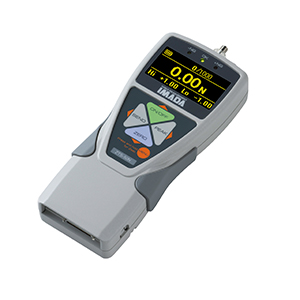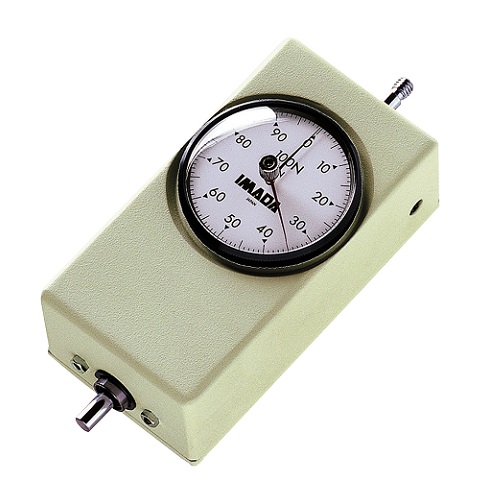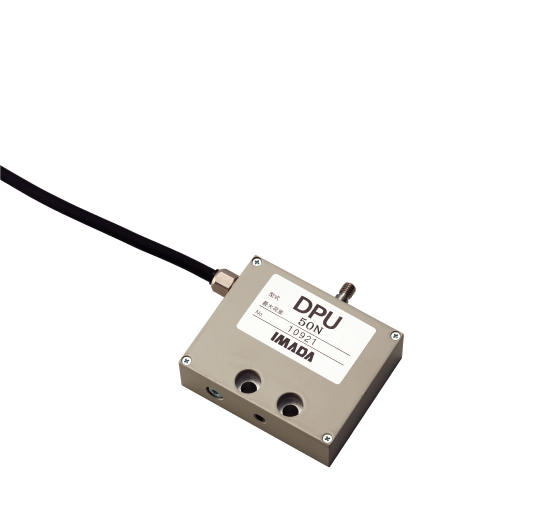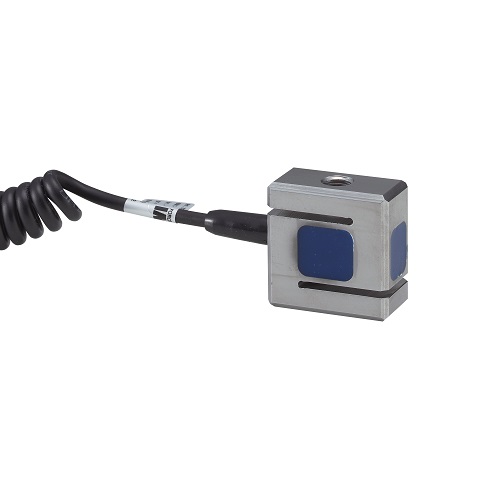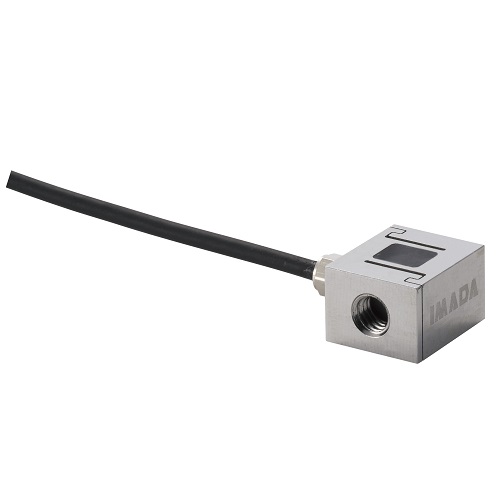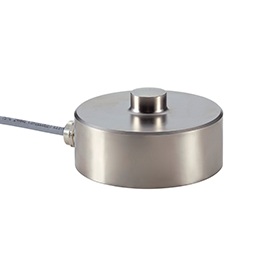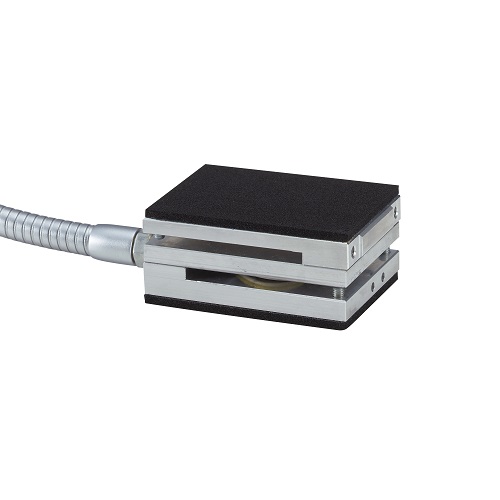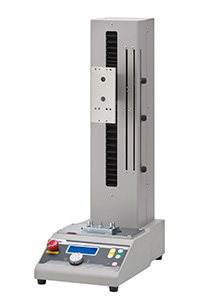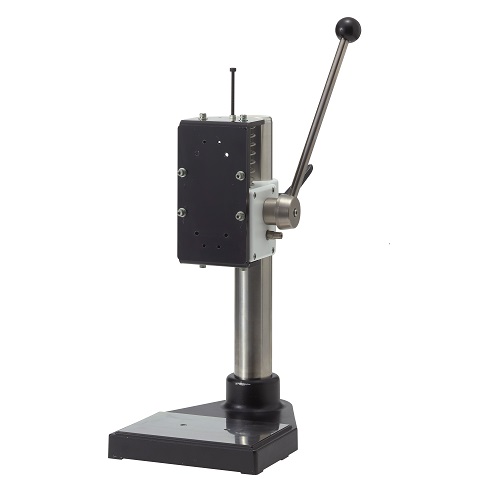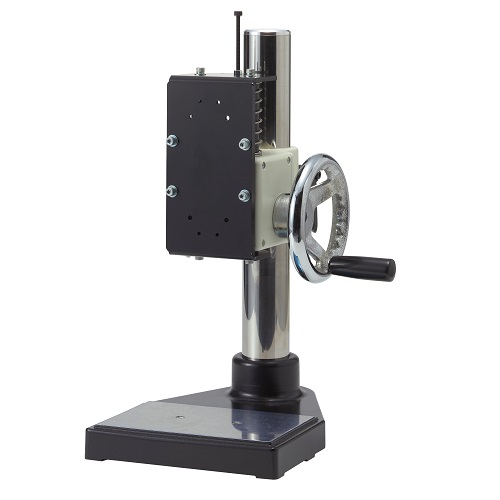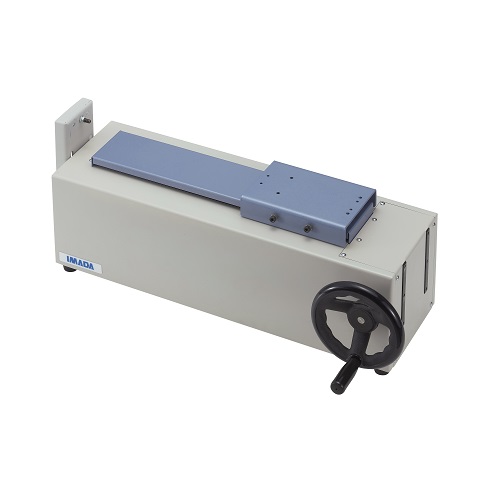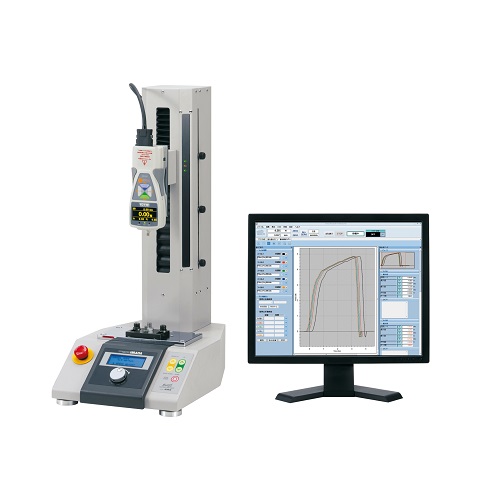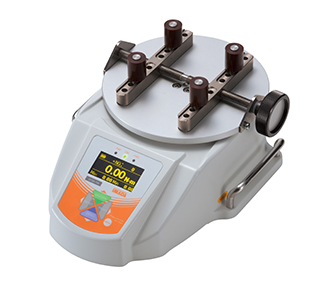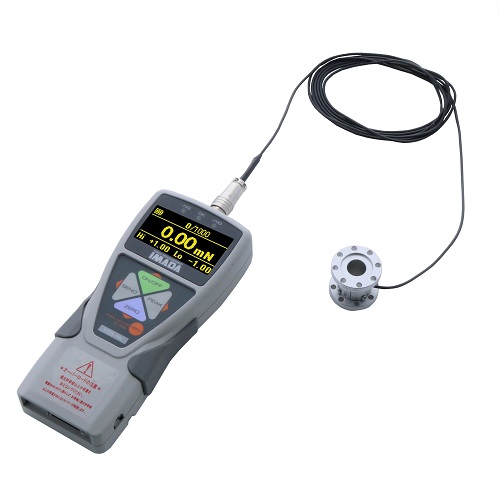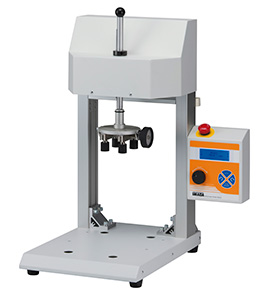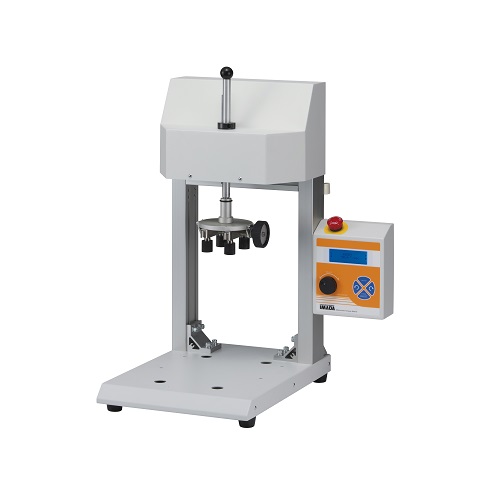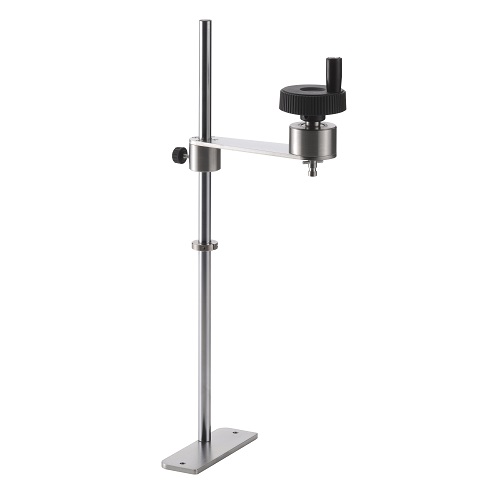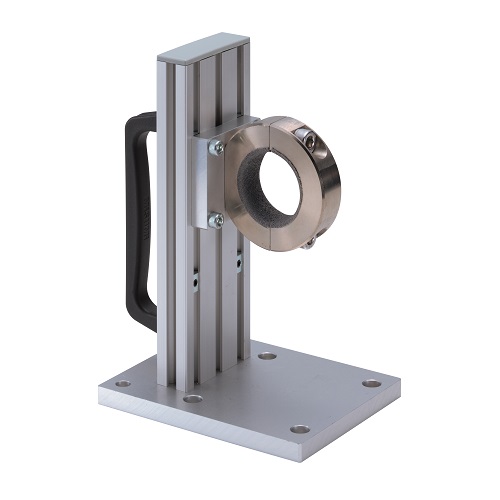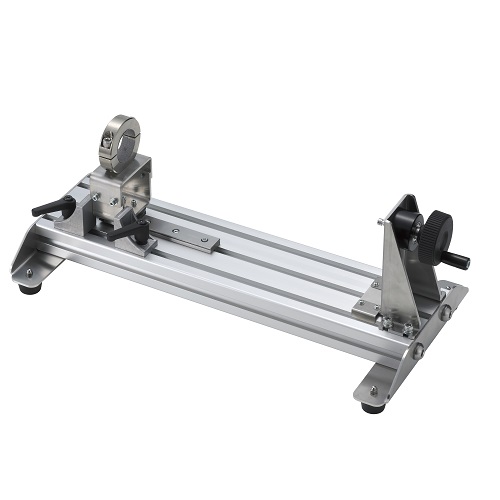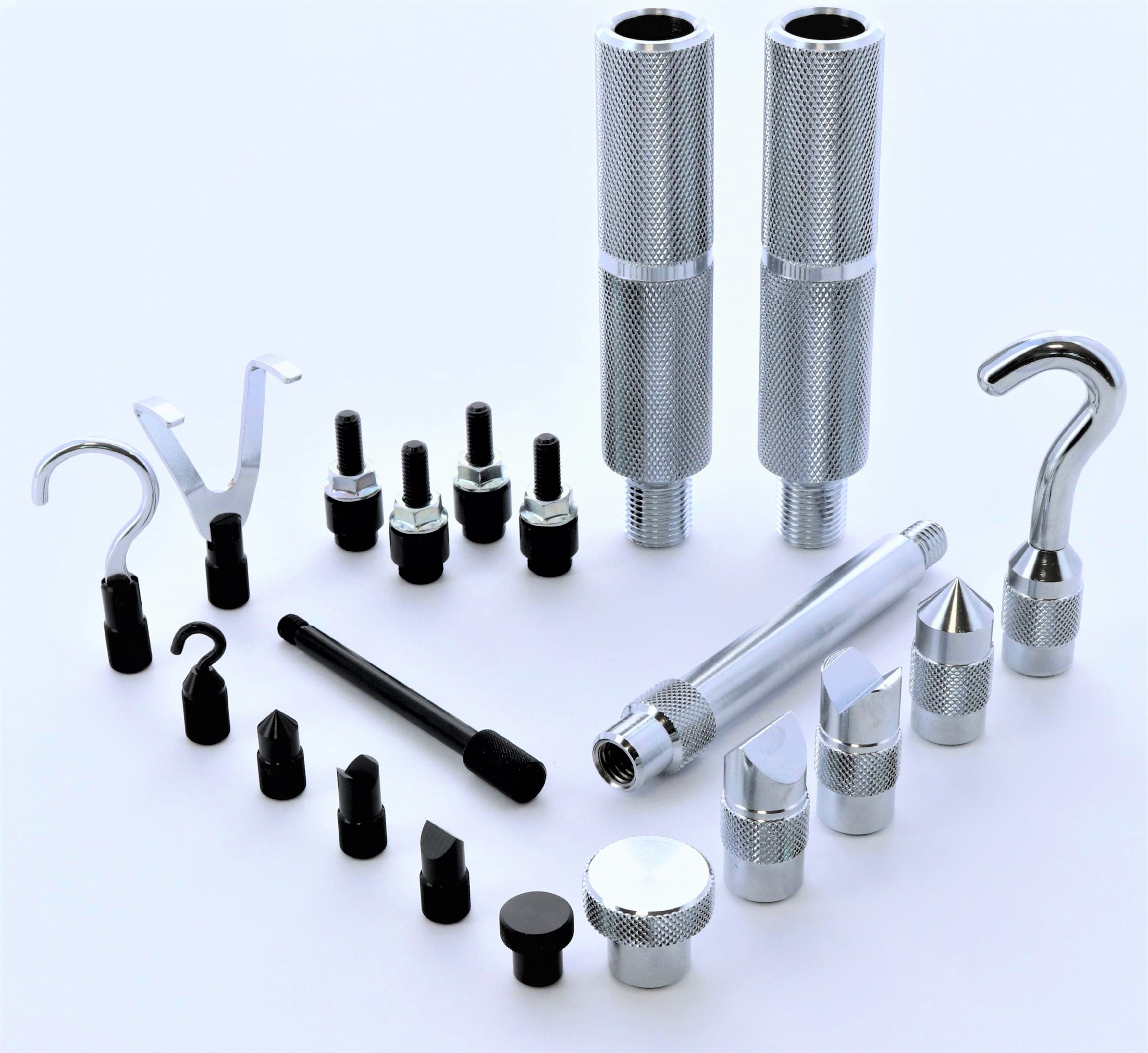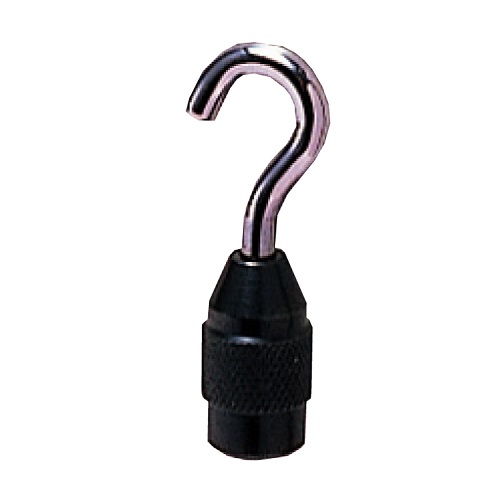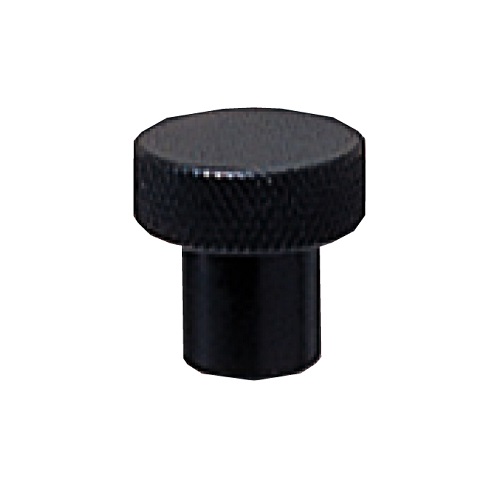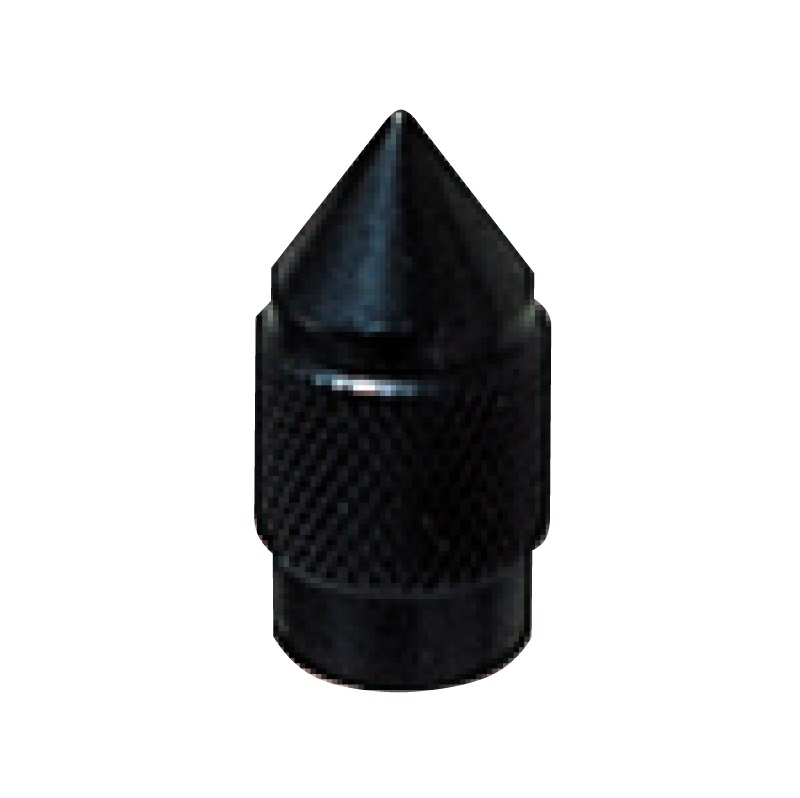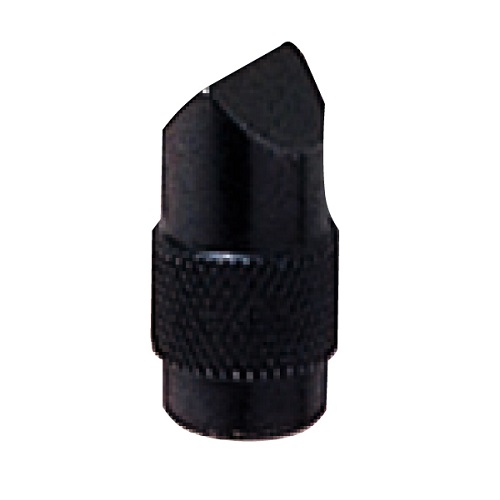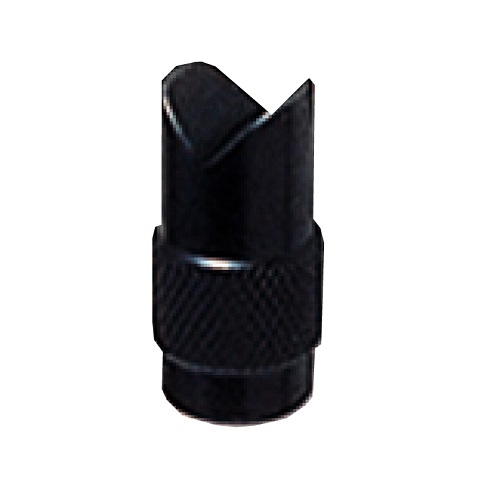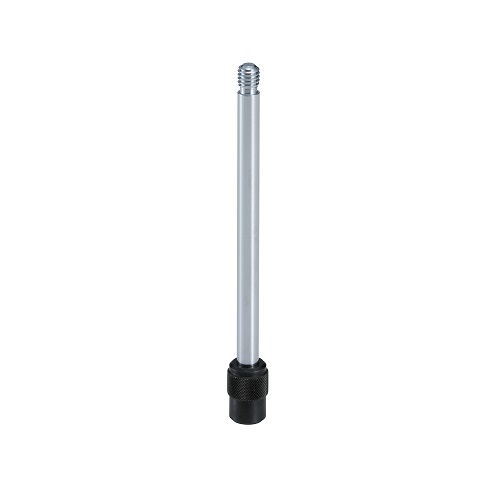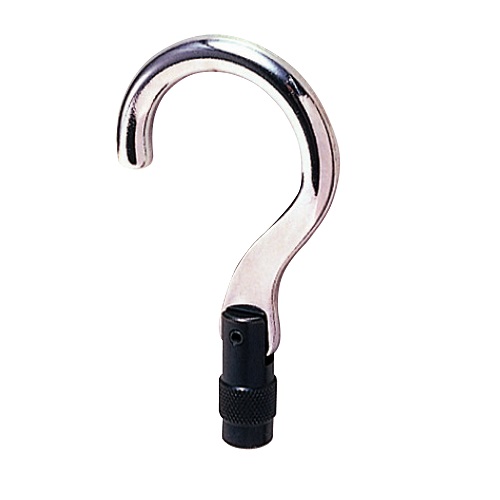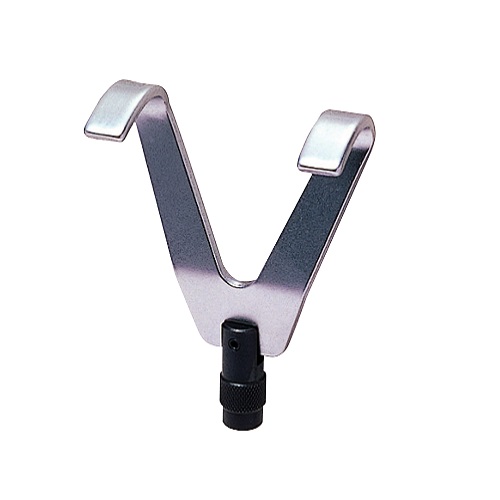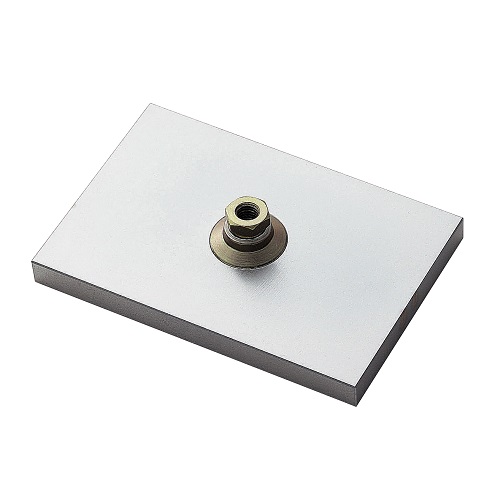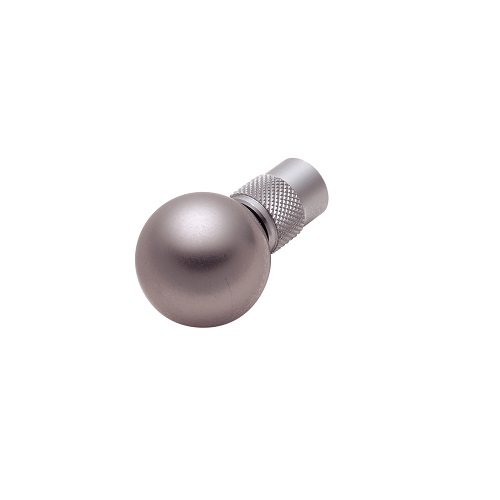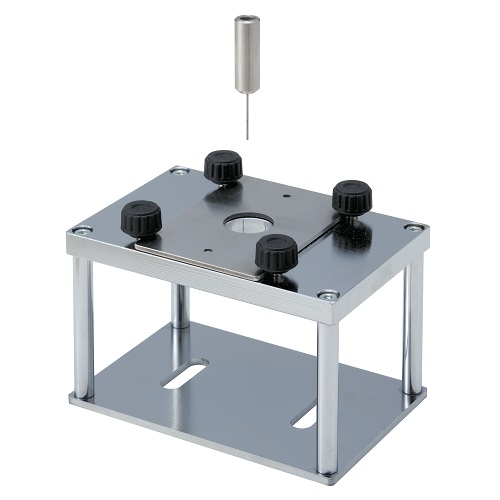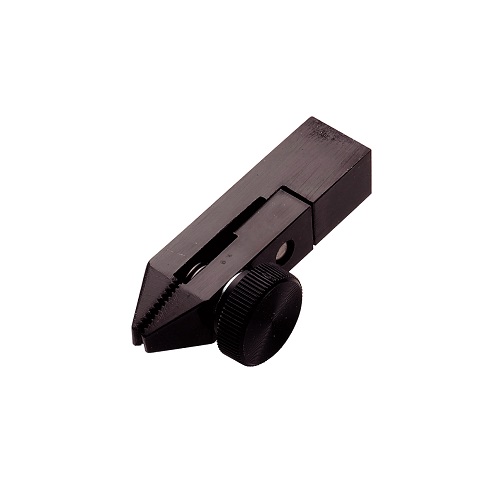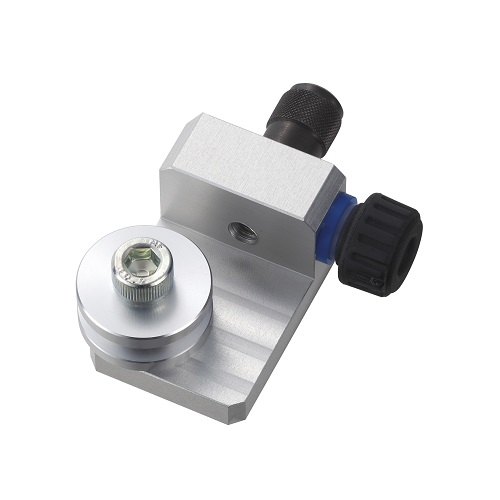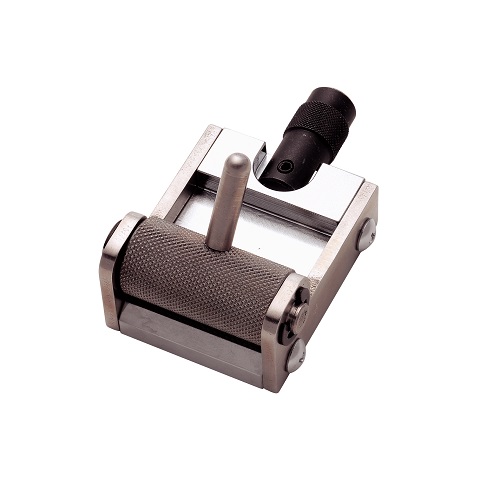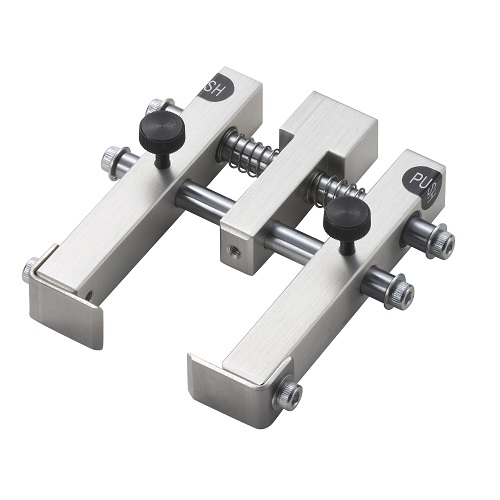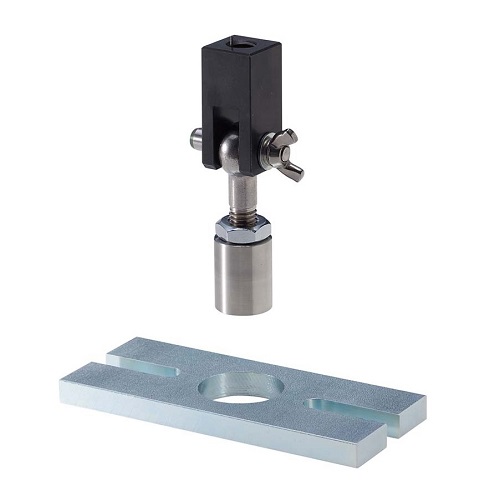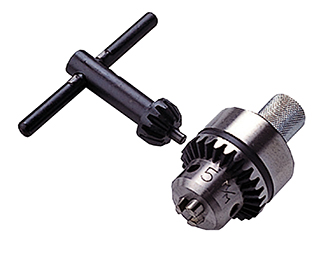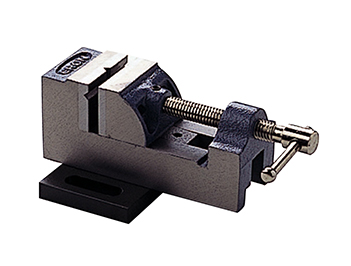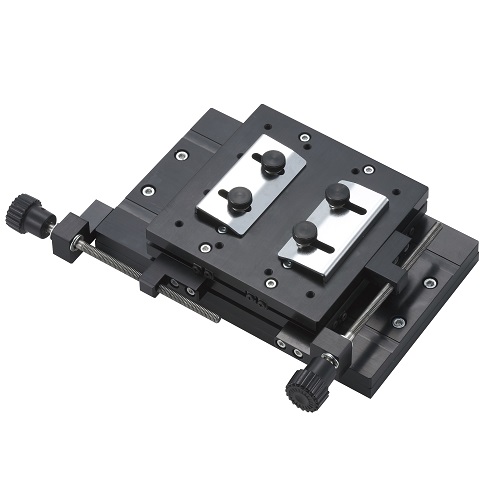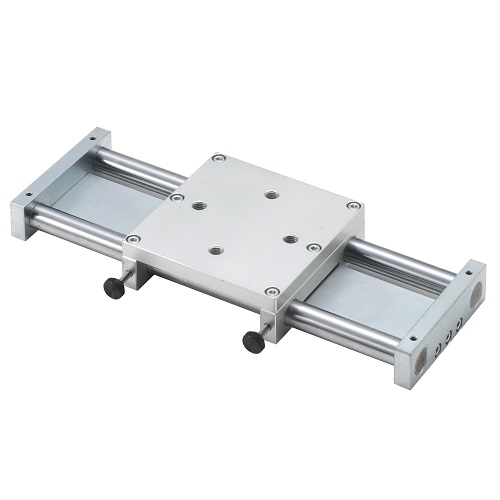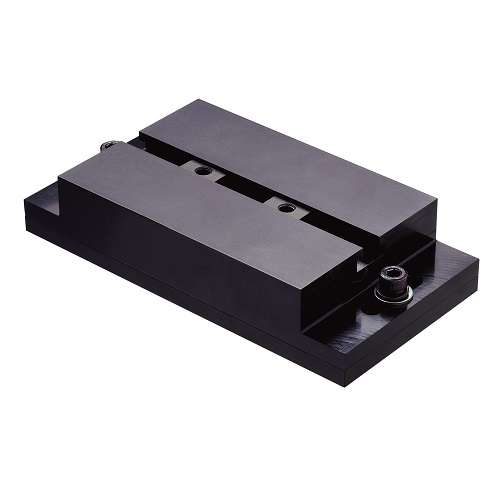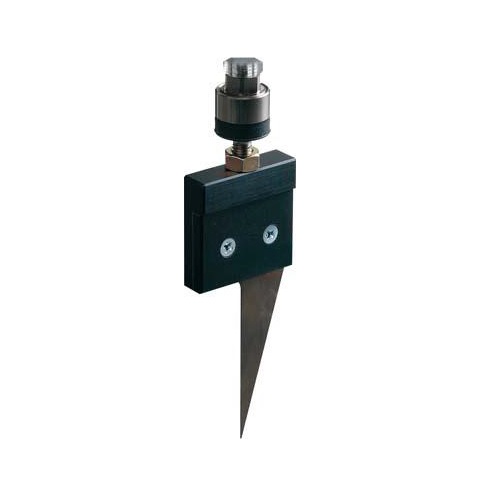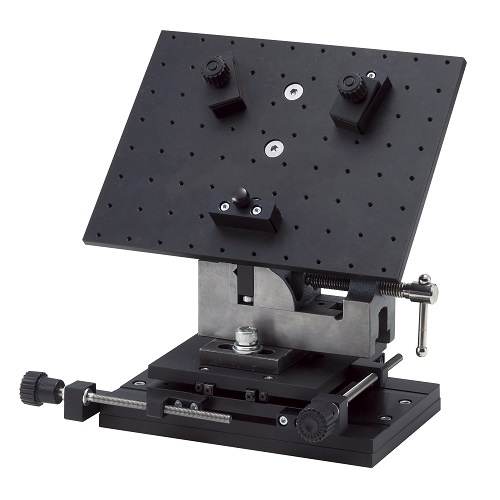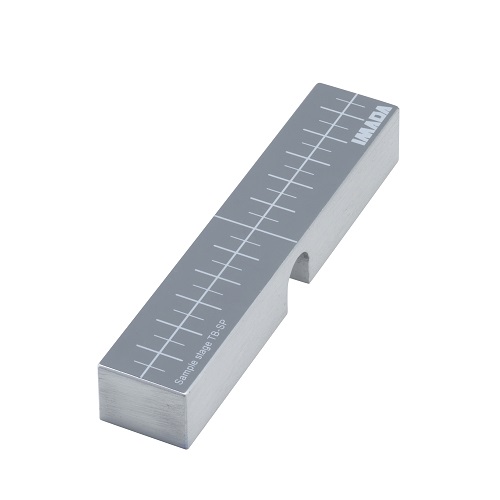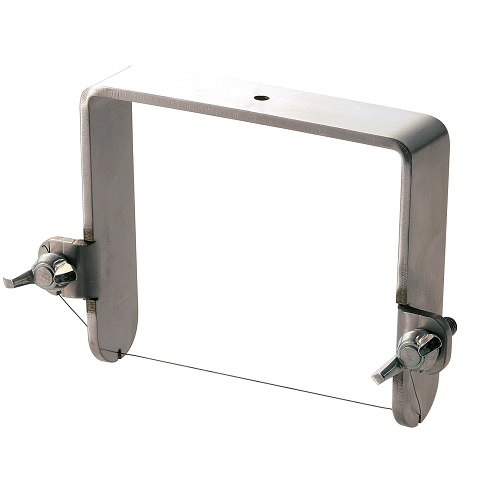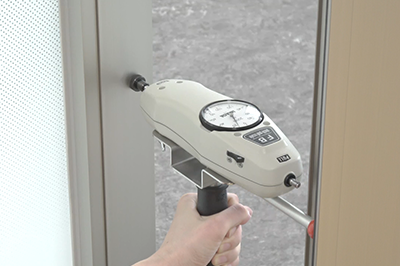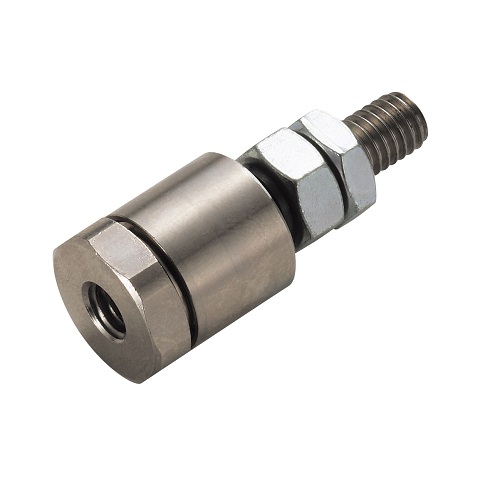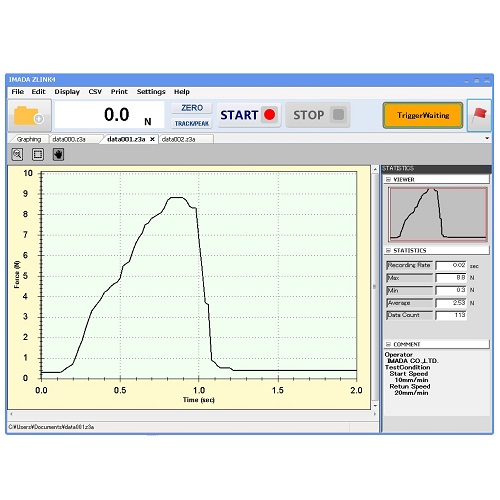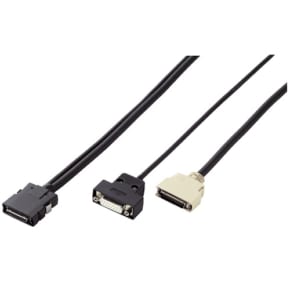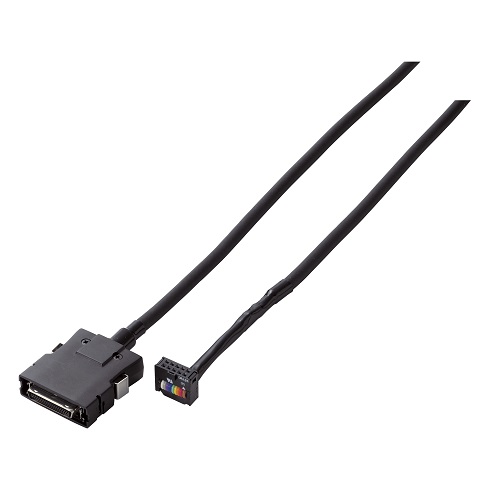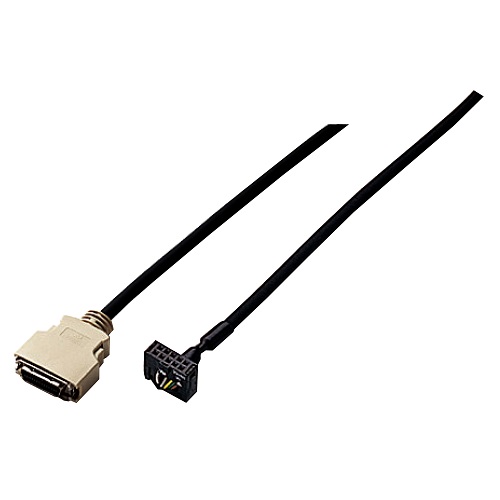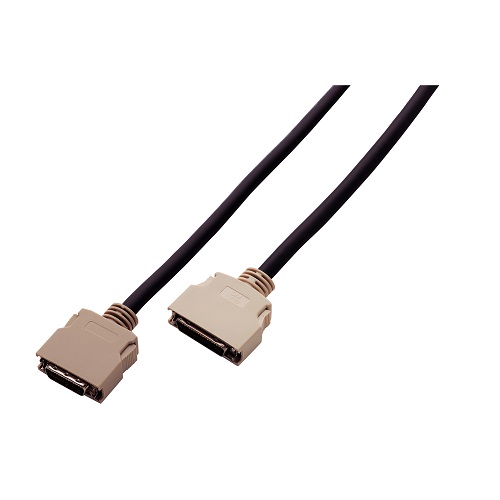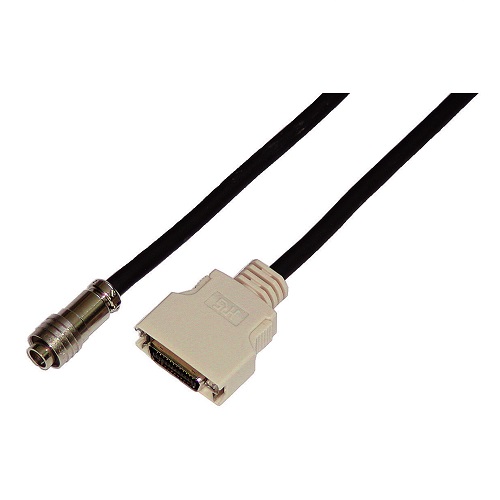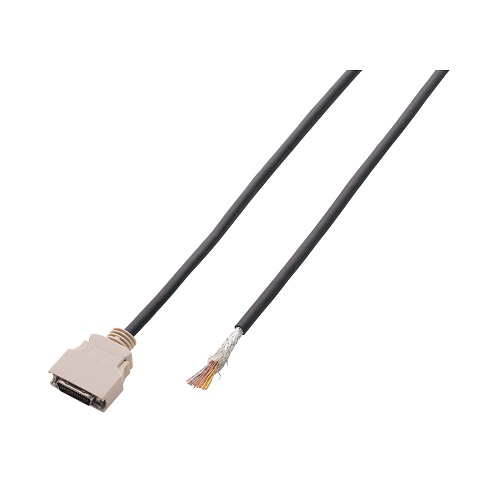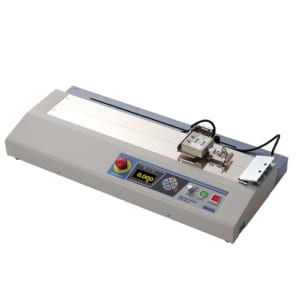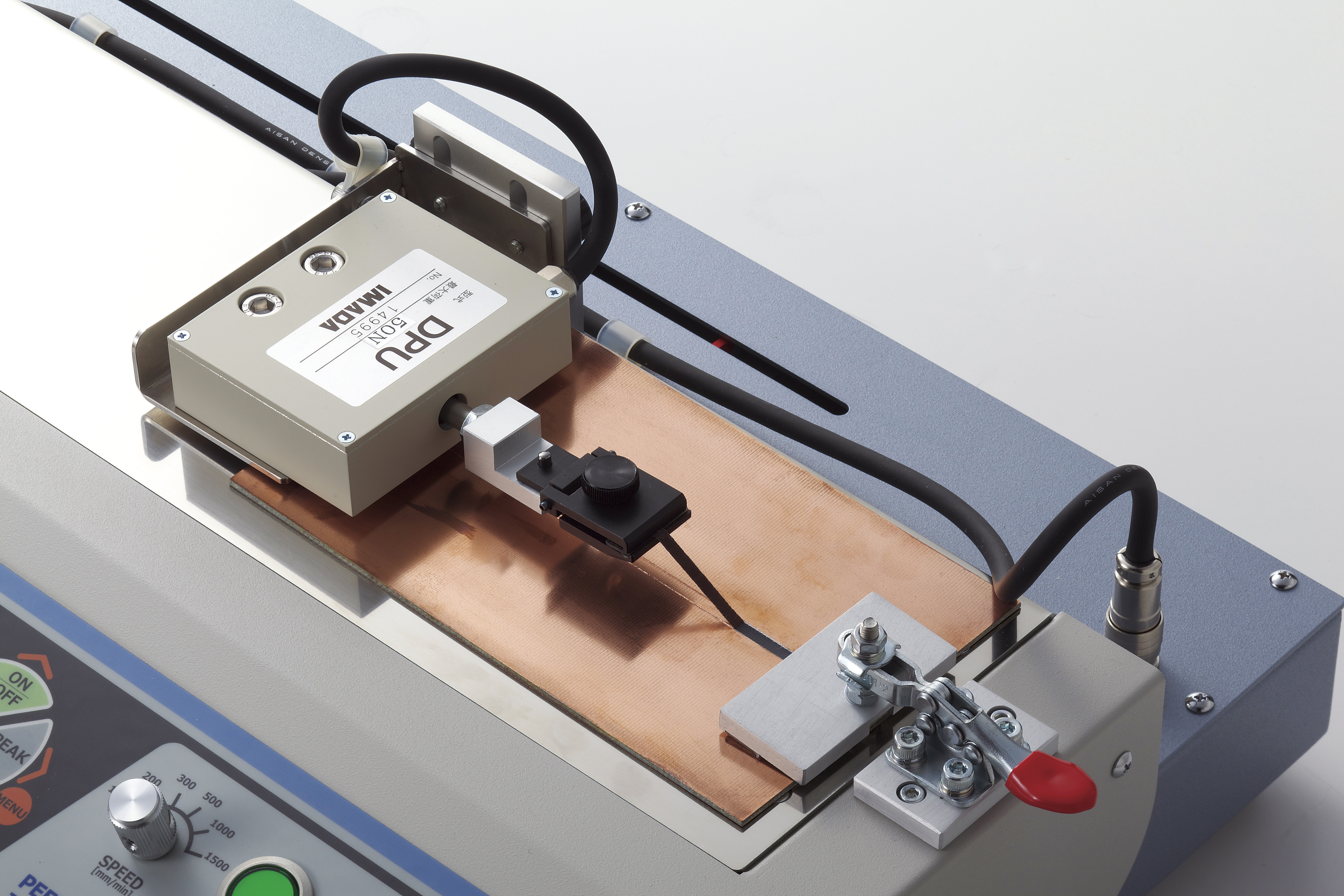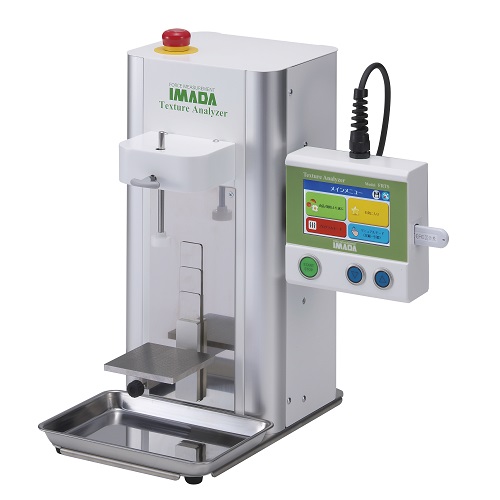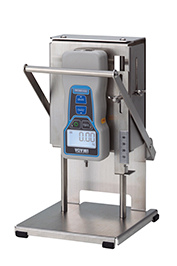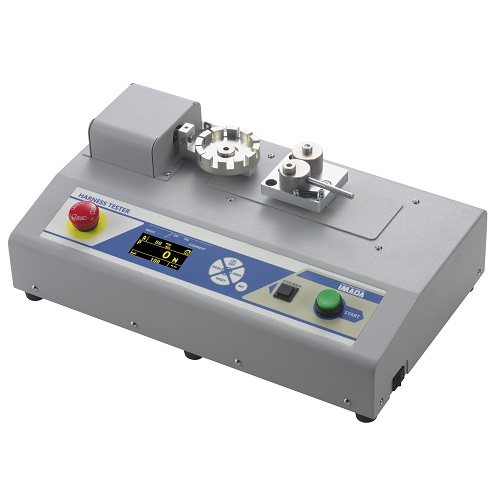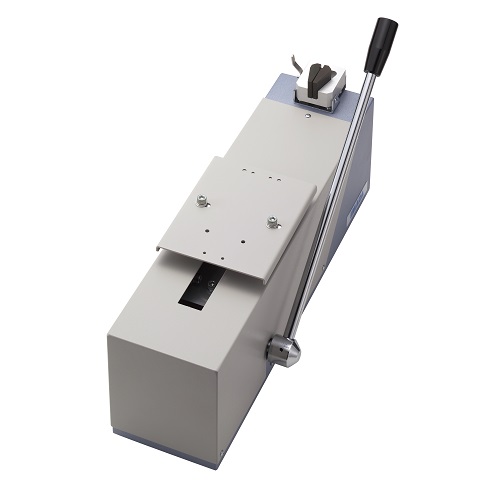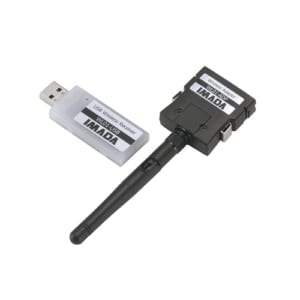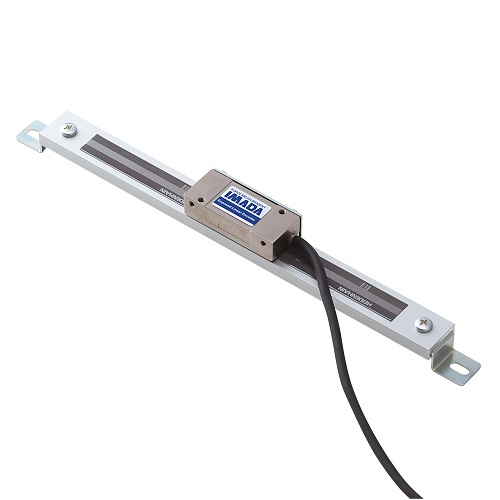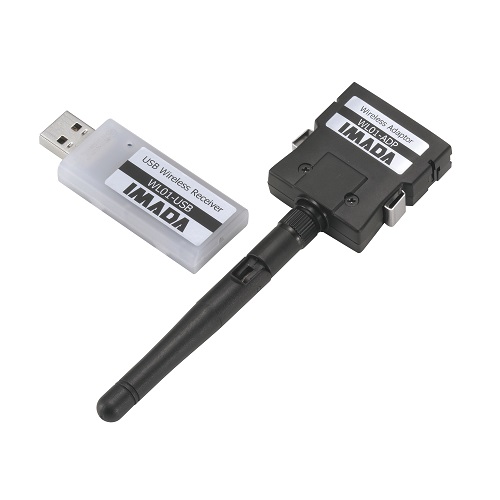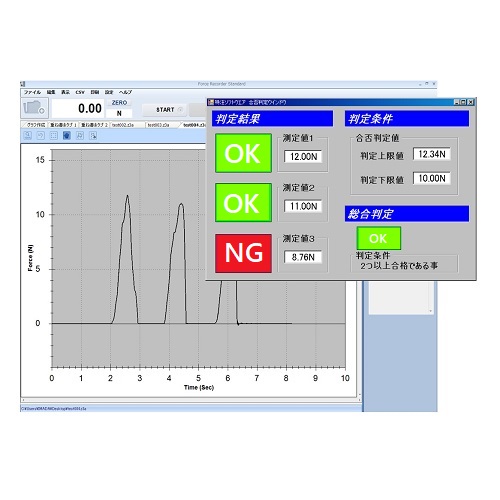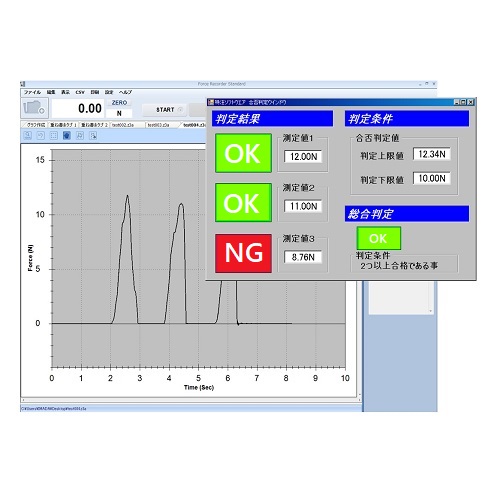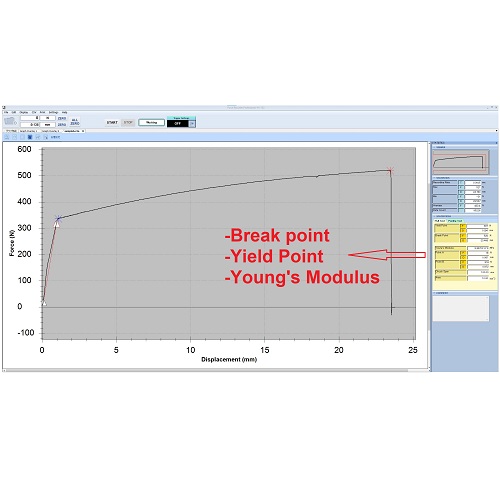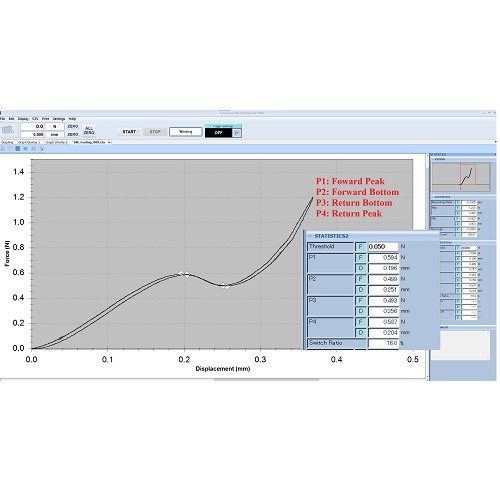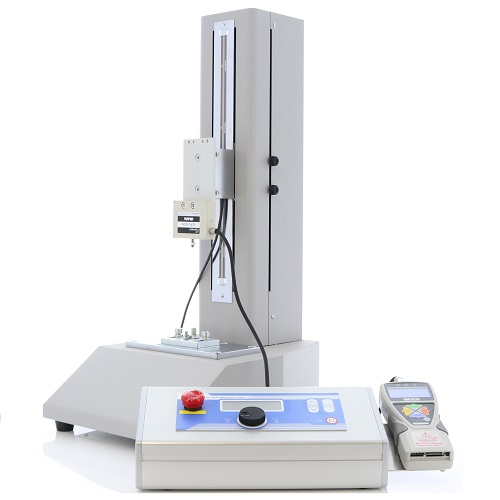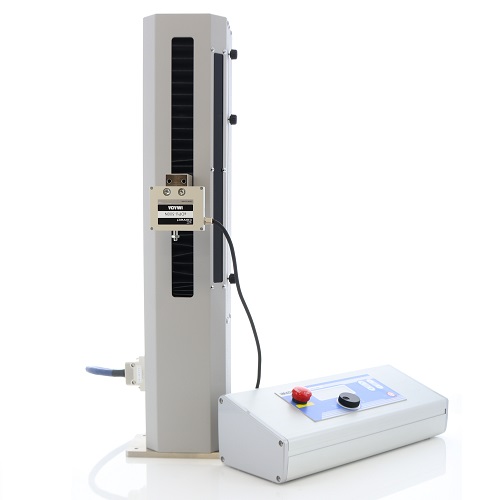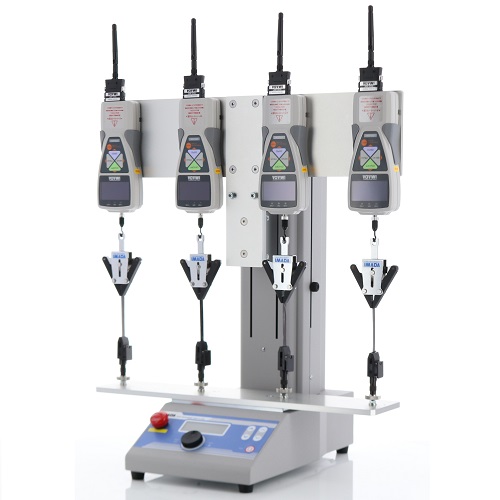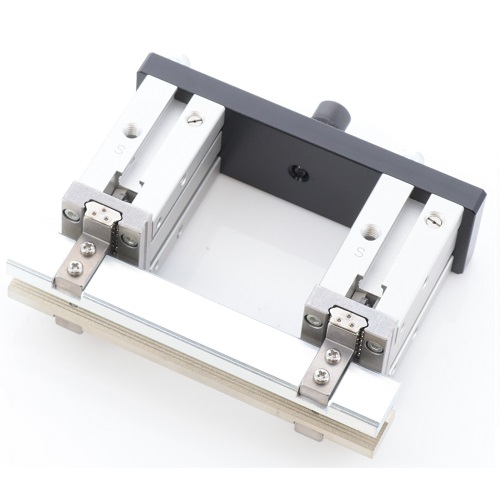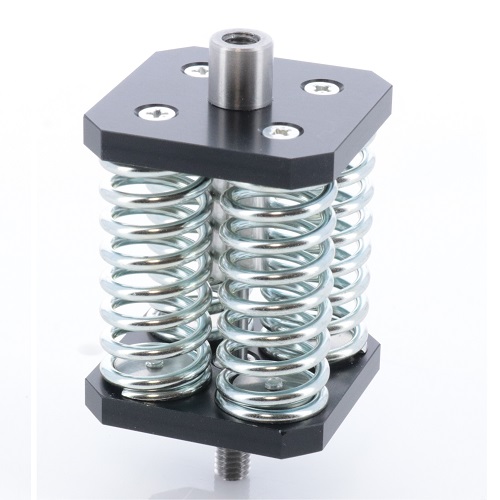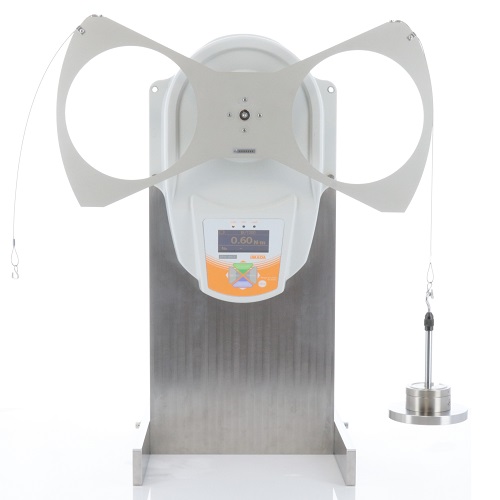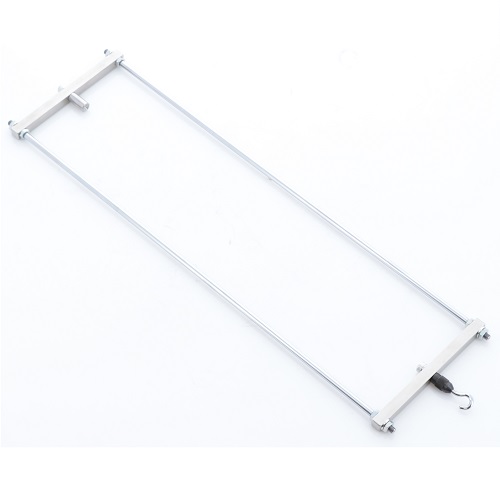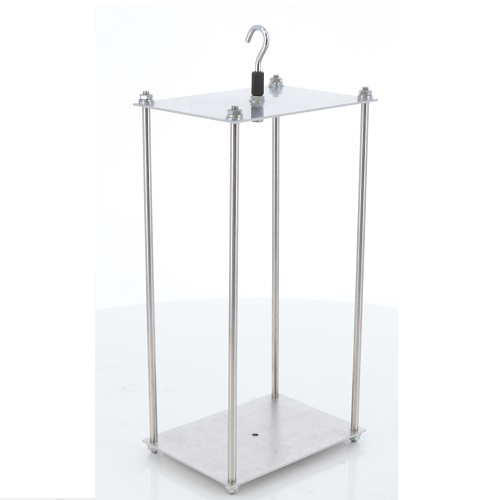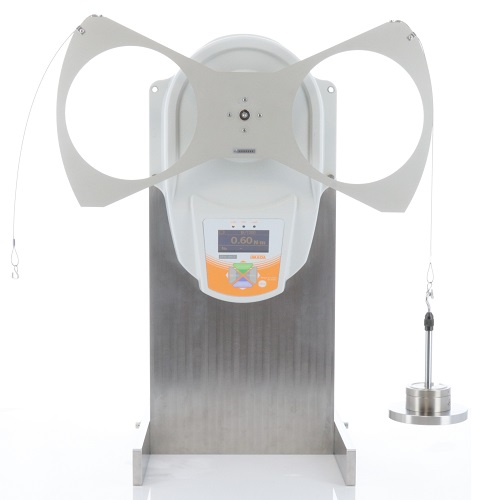Product Search
Solution Search
Searchable by product name, product model or standard.
When searching by product model, enter the product model excluding the option code (-FA, -L, -NEXT, etc.).
*To search by solution, switch to “solution search.”
i.e., Load Cells, ZTA-50N, 7864 (for ISO 7864)
Searchable by you force type, industry, standard or product sample.
*To search by product, switch to “product search.”
i.e., Compression, 7864 (for ISO 7864)
SEARCH

Force Gauge Overview & How to Use
Force Gauges
- Force Measurement IMADA
- PRODUCTS
- Force Gauge Overview & How to Use
Force Gauge Overview
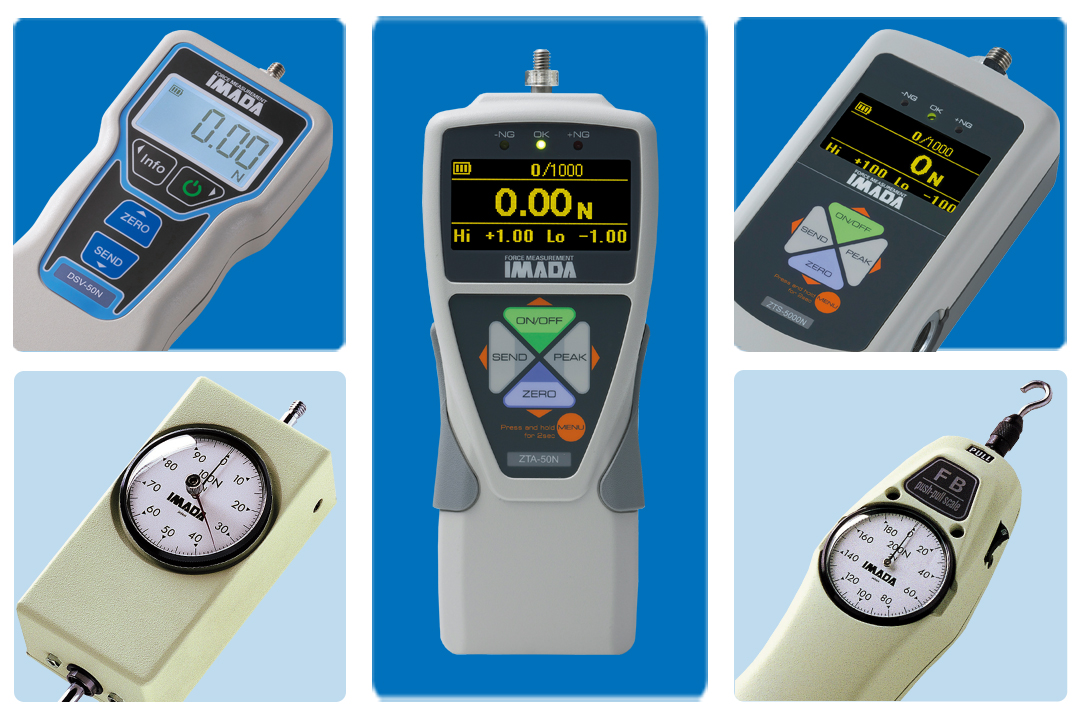
Force gauges, also known as "push-pull gauge" or "push-pull scale" are measuring equipment that measures the load (force) acting on a sample. They can measure tension, compression, bending, shear, as well as peel, adhesion, and friction. They are popular in manufacturing and play critical role in quality control and R&D, such as evaluation of mechanical properties of materials (strength, hardness, toughness, or durability), verification of safety and operability of parts and products, and compliance with industry standards.
Force gauges support our daily lives, such as automobiles, home appliances, food and packaging, medical equipment, stationery, and furniture.
Click here to see the complete lineup of force gauges.
List of all force gauges >
How Best to Select a Force Gauge?

Two main types exist: 1) mechanical force gauges that display measurement results on a scale and 2)digital force gauges that display results in numbers.
1)Mechanicals force gauges feature the ease of storage and management. They are power-source free, durable and easy to use, but are not suitable for impact and rupture tests in which force values change rapidly.
2)Digitals force gauges, on the other hand, feature the ability to manage data by connecting to a PC, and to analyze data by graphing results. They are equipped with both convenient and measurement enhancement functions such as pass/fail test, and continuous peak mode. With a variety of output functions such as serial communication and analog output, they can be connected to and interface with printers and other external devices. The input/output functions can be used for durability test or others in conjunction with displacement measurement, and numerous applications.
Besides types, expected force value and accuracy are important. Selecting a force gauge with a larger force range than the expected force value will prevent damage. Higher accuracy leads to more accurate data management, but requires more maintenance. Check the purpose of measurement and the level of control is recommendable.
We offer selection services tailored to your needs. Contact us.
*Functions of digital force gauges vary depending on the model. Check the specifications on the product page for details.
How to use a force gauge?
Regarding the use of the force gauge, you apply force to the measuring axis (male thread) at the tip of the force gauge, which converts the force into numerical values. When actually measuring, attach the appropriate attachment (fixture) to the measuring axis according to the force you want to measure.
The force gauge can be used simply by hand for easy measurements, or it can be mounted on a test stand to be used as a simple force testing machine. For detailed instructions, please refer to the information below.
How Best to Measure Handheld?
Holding a force gauge by hand and directly pushing or pulling a sample is inexpensive and easy way for force measurement.
Standard models are designed to fit easily in the hand for stable measurement. Optional handles enhance stability. The tilt-sensing alarm functions available on certain models ensures uniform posture conditions and improve repeatability.
*Functions of force gauges vary depending on the model. Check the specifications on the product page for details.
Also check the below video for handheld measurement.
Measure Handheld
How Best to Mount Attachment to Force Gauge?
Samples vary in shape or size. Attachments are products that are attached to a force gauge to push or grip a sample. To apply appropriate force, it is important to select an attachment that matches the measurement method and sample shape.
The measurement shaft, the tip of a force gauge, is external thread, and the mounting part of an attachment is internal thread, so it can be attached and detached by turning it around. Replacing attachments is such easy, which helps realizing measurement of various samples.
IMADA offers various attachments. Contact us to help select the appropriate one for your sample shapes or materials.
*Functions and specifications of attachments and force gauges vary depending on the model. Check the specifications on the product page for details.
Click here to see the complete lineup of attachments.
List of all attachments
Check the below video for attaching attachments.
Mount Attachment to Force Gauge
How Best to Measure by Mounting Force Gauge to Test Stand?
By mounting a force gauge to a test stand, the direction and the speed of measurement can be uniformed for highly repeatable measurement. High capacity measurement, which is hard to measure by hand, can be operated easily and safely.
By connecting a force gauge and a motorized test stand via a cable and interlocking them, you can minimize a failure of a force gauge such as overloading, conduct durability tests for a specific time, frequency, or force, and perform compression and rupture tests by detecting contact or rupture points.
*Functions of test stands vary depending on the model. Check the specifications on the product page for details.
Click here to see the complete lineup of test stands.
List of all test stands
Check the below video for measurement by mounting a force gauge to a test stand.
Mount Force Gauge to Test Stand
How Best to Draw Force Graph?

Graphing the measured data enables you to check the force transition. The graph visualizes the slope up to the peak and the detection of abnormal force values i.e., foreign matter being caught, which leads to more detailed confirmation of differences in physical properties and quality. The overlap comparison and the magnification function (available in some models) are useful for evaluation, and allow for easy comparison and verification with the previous data.
Besides data saving, various outputs are provided, including printing, PDF, and CSV, which help you to create reports.
The software can be chosen by your needs. Ranging from the acquisition of 2000 data per sec for the creation of precise graphs, the graph creation together with displacement data, to the multi graphing version.
*Functions of software vary depending on the model. Check the specifications on the product page for details.
Click here to see the complete lineup of software.
List of all software
Check the below video for the force graph drawing.
Draw Force Graph
How Best to Connect to Linear Scale Unit?

By connecting a linear scale unit to a digital force gauge with a displacement display function, input/output of displacement becomes possible. It can be used for evaluation of the materials characteristics and quality control, where explained by force alone is not enough, such as the evaluation of repulsive force in response to the amount of pushing or force value at a specific position.
Two types exist: 1)an optional that can be built into a test stand, and 2)a versatile that can be attached to robots or other external systems. Force-displacement graphs can be added by using software.
*Check the specifications on the product page for details of applicable torque stand option and linear scale unit.
Click here to see Force-Displacement Measurement Unit.
Force-Displacement Measurement Unit>
Check the below video for how to connect to linear scale unit.
Connect Linear Scale Unit to Force Gauge
How Best to Extend the Use of Force Gauge?

Digital force gauges feature unique functions.
The Continuous peak mode and the calibration date notification function improve workability and instrument management. The comparator function with upper and lower limit settings simplifies pass/fail judgement, and can be interlocked with external devices to realize warning lights and control by force values using external outputs.
The mark point function records the force values at the contact points of switches and other devices and displays them on a software graph.
Next Series digital force gauges can be upgraded online and download additional functions, i.e., setting and display functions for peel measurement or other various functions.
We assist your effective use of the products via videos or consultation of any subjects. Contact us.
*Functions of force gauges vary depending on the model. Check the specifications on the product page for details.
Click here to see the complete lineup of digital force gauges
List of all digital force gauges >
Converter
Convenient Unit/Torque/
Tension conversion
6 Significant Digits (*Significant digits are meaningful digits that do not include zeros, which are used to indicate the scale.)
Products

HERE!
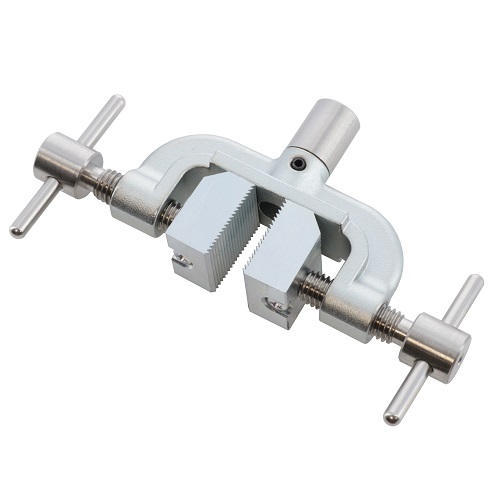 Attachments, Grips & Fixtures
Attachments, Grips & Fixtures
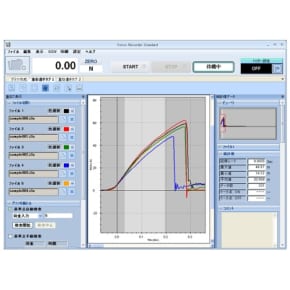 Software / Download Card
Software / Download Card
 Additional Chargeable Function for Software
Additional Chargeable Function for Software
 Friction Testing Module
Friction Testing Module
 Peel Testing Module 1
Peel Testing Module 1
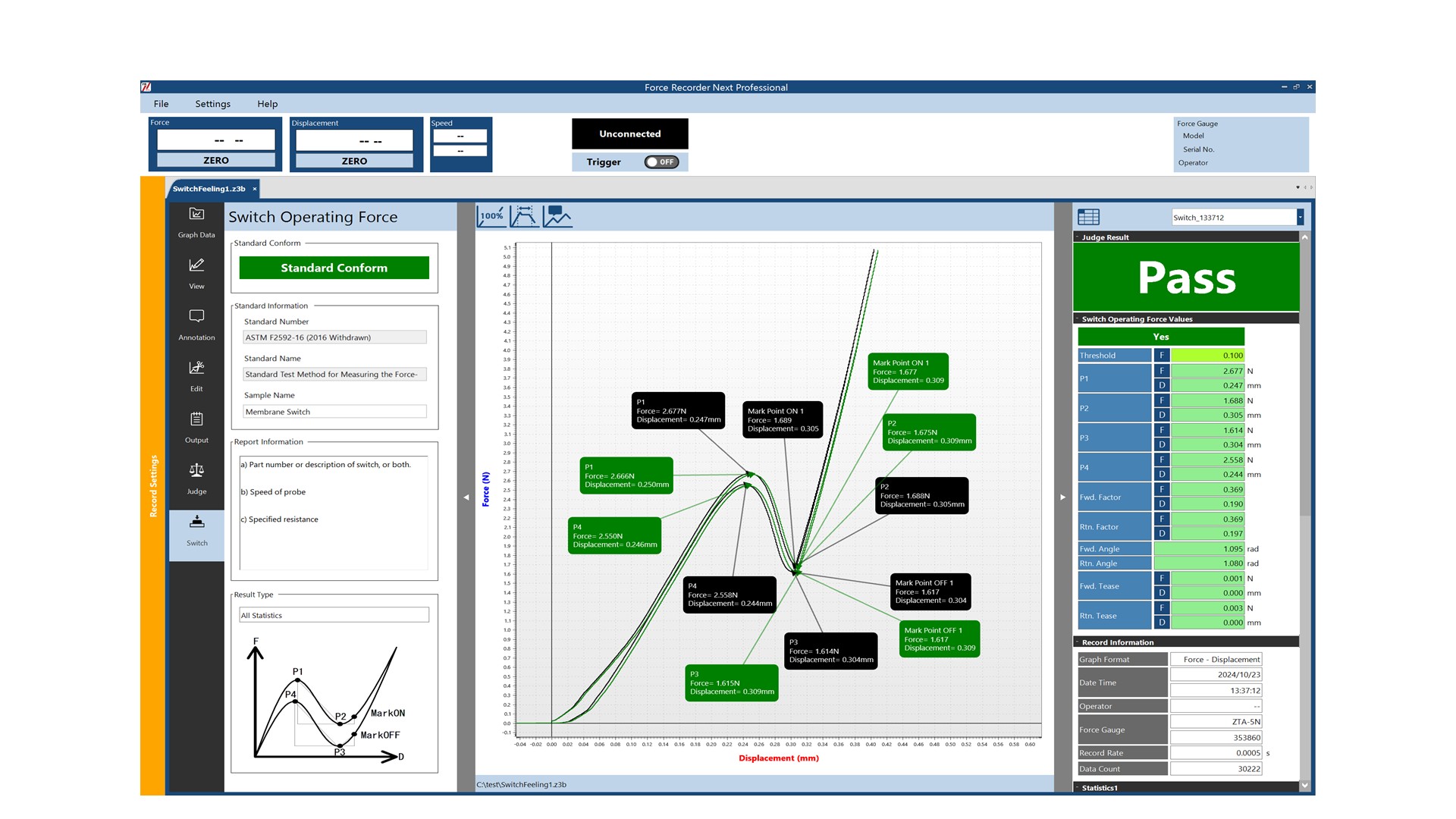 Switch Operating Force Testing Module
Switch Operating Force Testing Module
 Pressure/Stretchability Measurement Module
Pressure/Stretchability Measurement Module
 Spring Rate Measurement Module
Spring Rate Measurement Module
 Deflection Correction Function
Deflection Correction Function
 Bending Stress Measurement Module
Bending Stress Measurement Module
 Excel Data Writing Function
Excel Data Writing Function
 Yarn Tenacity Testing Module
Yarn Tenacity Testing Module
 Multi-Peak Extraction Function
Multi-Peak Extraction Function
 Multi-Level Evaluation Function
Multi-Level Evaluation Function
 Custom Made
Custom Made
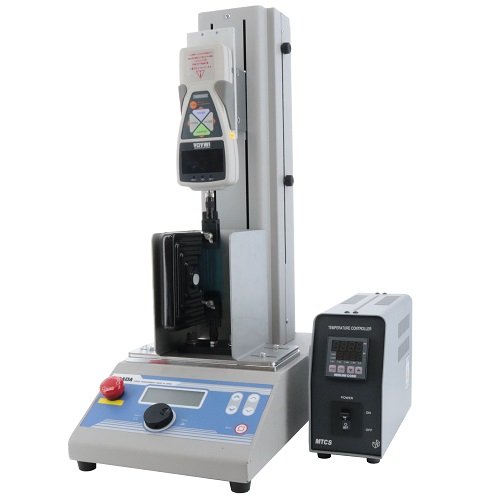 Measurements in Special Environment
Measurements in Special Environment
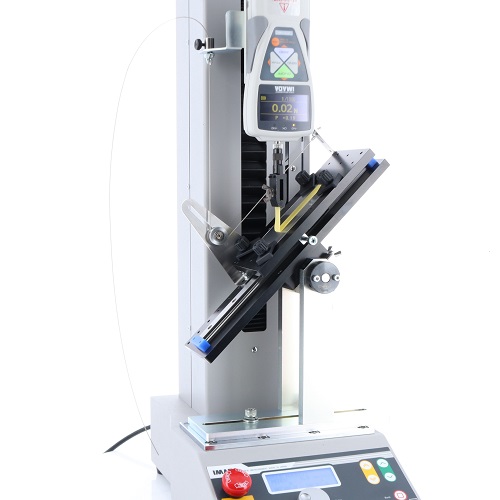 Temperature and Angle Adjustable Peel Tester
Temperature and Angle Adjustable Peel Tester
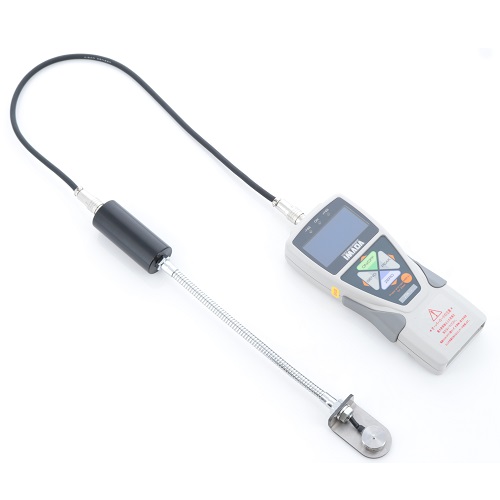 Spot Welding Pressure Gauge
Spot Welding Pressure Gauge
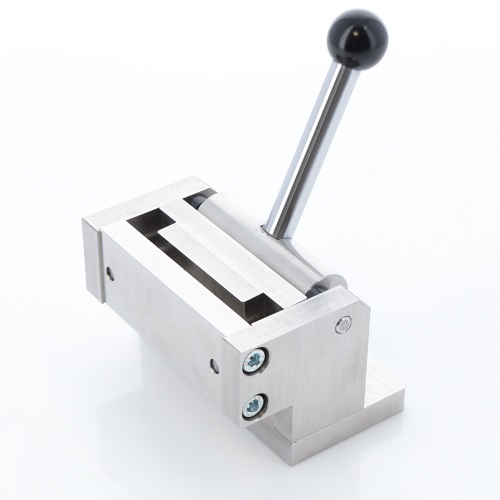 Attachment to Bend Sample 90 Degrees
Attachment to Bend Sample 90 Degrees
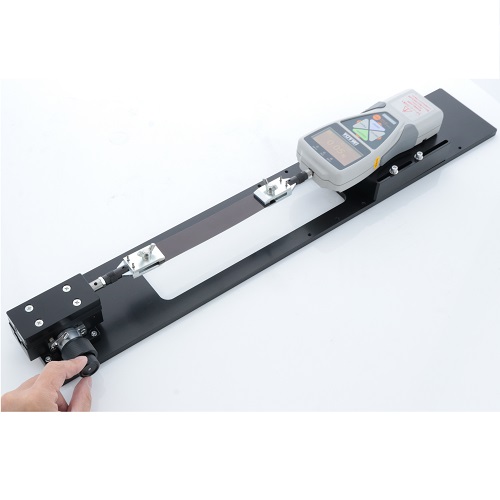 Horizontal Test Stand with Fine Adjustment Knob
Horizontal Test Stand with Fine Adjustment Knob
 Tester With Thermostatic Chamber
Tester With Thermostatic Chamber
 Tester With Far-infrared Heater
Tester With Far-infrared Heater
 Table for Compression Load Cell
Table for Compression Load Cell
 Test Stand for Testing at the Desired Position
Test Stand for Testing at the Desired Position
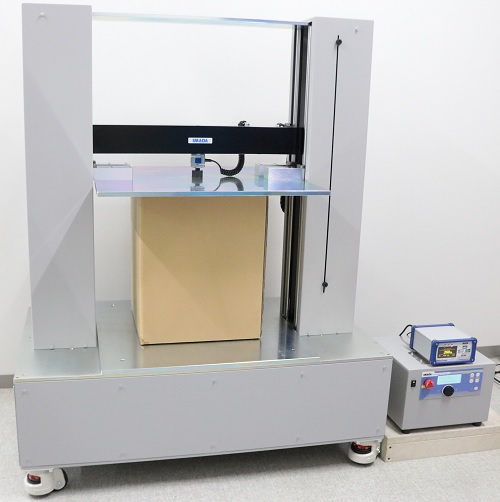 Particular Samples Measurements
Particular Samples Measurements
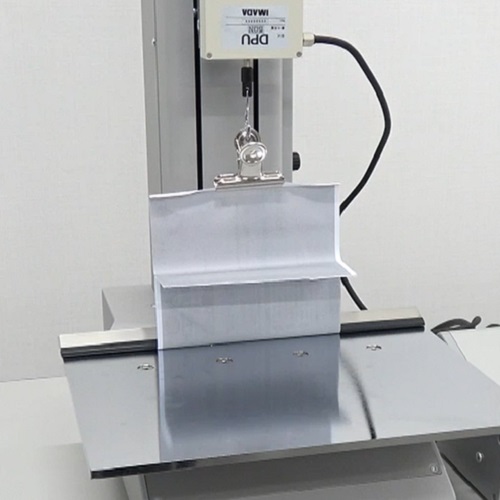 Peel Test Fixture for Crimped Postcard
Peel Test Fixture for Crimped Postcard
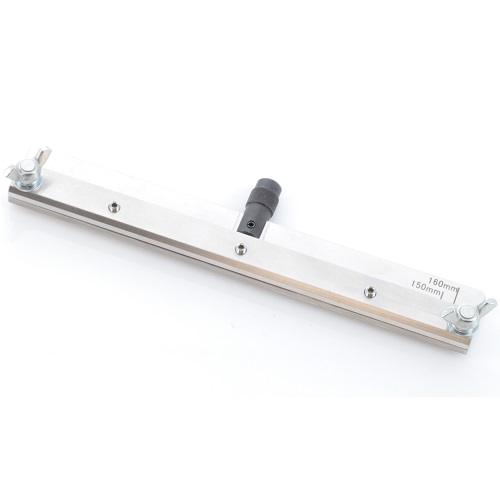 Attachment for Fixing Wide and Thin Materials
Attachment for Fixing Wide and Thin Materials
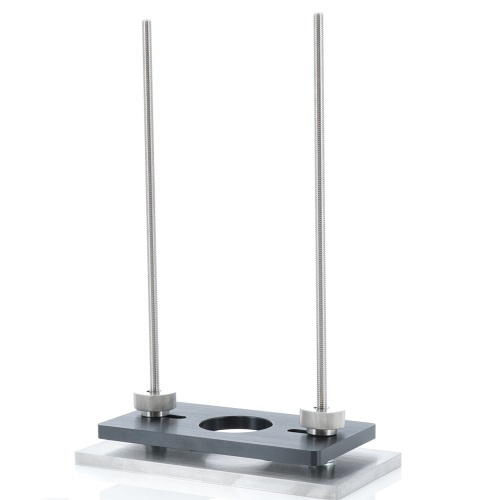 Attachment for Wine Cork Extraction Test
Attachment for Wine Cork Extraction Test
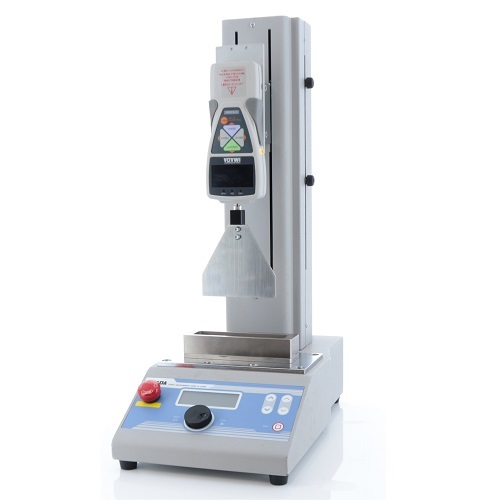 Attachments for 90 degree score bend test
Attachments for 90 degree score bend test
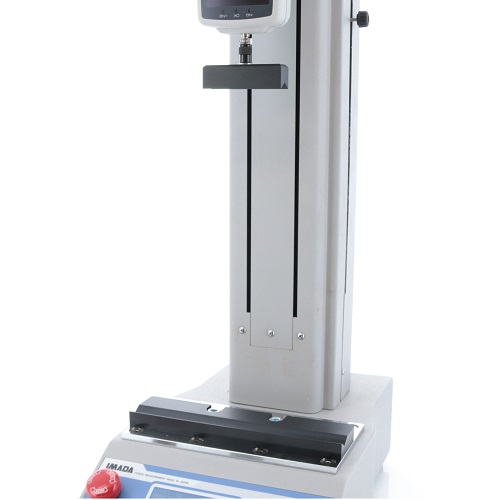 Attachments to measure forces to open flat pack carton
Attachments to measure forces to open flat pack carton
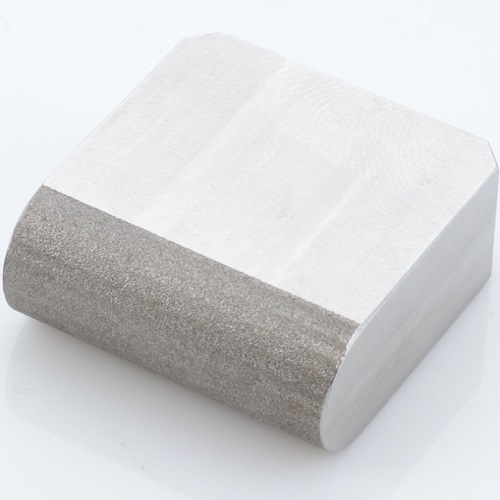 Attachments for break strength testing of lipsticks or lip balms
Attachments for break strength testing of lipsticks or lip balms
 High capacity dual-column motorized test machine for compression test
High capacity dual-column motorized test machine for compression test
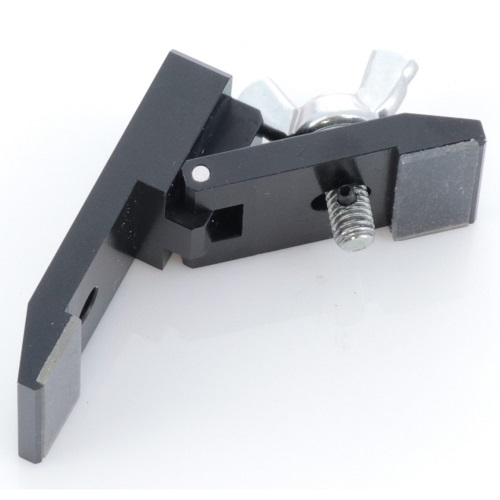 Film Grip with Openable Gripping Part
Film Grip with Openable Gripping Part
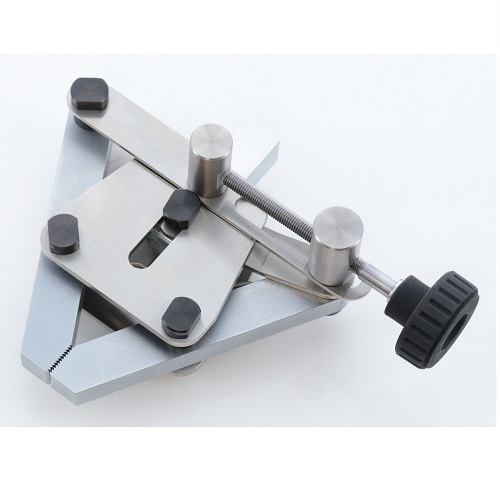 Pantograph Grip with Pressurization Mechanism
Pantograph Grip with Pressurization Mechanism
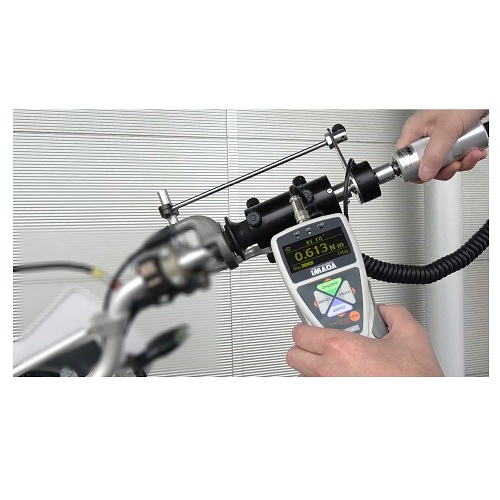 Motorcycle Accelerator Torque Test Fixture
Motorcycle Accelerator Torque Test Fixture
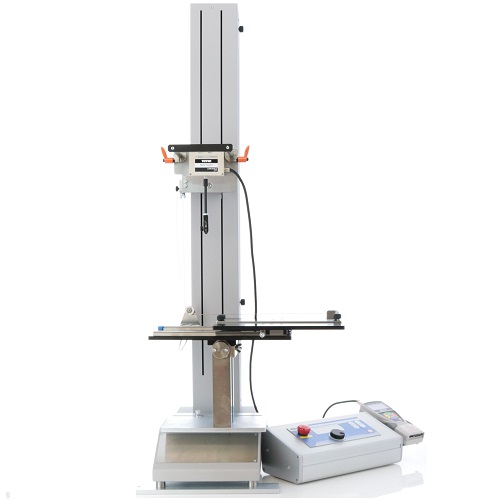 Peel Test Fixture for Solar Cell Ribbon
Peel Test Fixture for Solar Cell Ribbon
 Test Stand With Large Table
Test Stand With Large Table
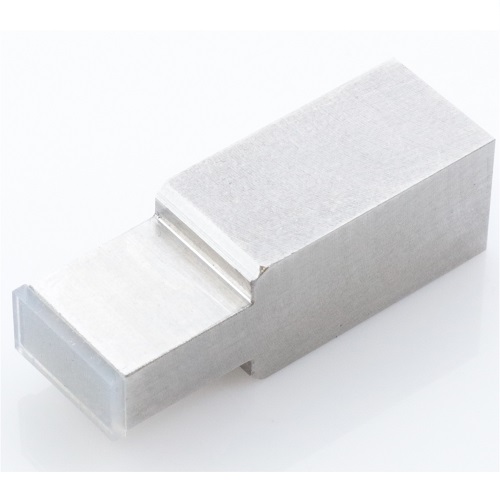 Compression Test Attachment for LCD Panel
Compression Test Attachment for LCD Panel
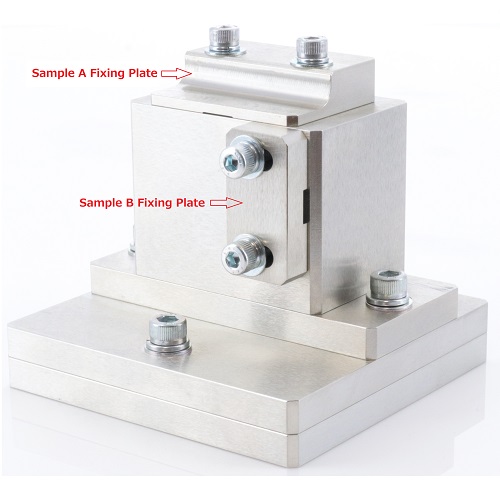 L-shaped Sample Fixture
L-shaped Sample Fixture
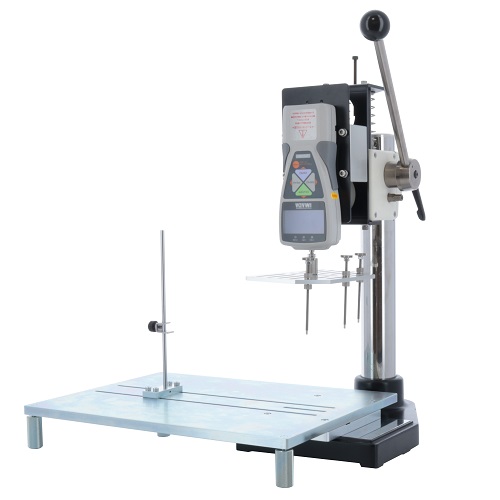 Attachment for Opening/Closing Force Test of Takeout Container Lid
Attachment for Opening/Closing Force Test of Takeout Container Lid
 Attachment for Squeezing Force Test of Eye Drop Bottles
Attachment for Squeezing Force Test of Eye Drop Bottles
 Compression Test Attachment for Squeeze Tube
Compression Test Attachment for Squeeze Tube
 Attachment for Welded Nut Tension Test
Attachment for Welded Nut Tension Test
 Attachment for Tube Tension Strength Test
Attachment for Tube Tension Strength Test
 Attachment for Hard-to-Grip Samples
Attachment for Hard-to-Grip Samples
 Attachment for Compression Test of Nasal Spray
Attachment for Compression Test of Nasal Spray
 Individually Adjustable Torque Chuck Attachment
Individually Adjustable Torque Chuck Attachment
 Resistance Force Measurement jig for Hair Combing Test
Resistance Force Measurement jig for Hair Combing Test
 Attachment for Lateral Compression Test of Cup Containers
Attachment for Lateral Compression Test of Cup Containers
 Water-Proof Shield for Motorized Torque Test Stand
Water-Proof Shield for Motorized Torque Test Stand
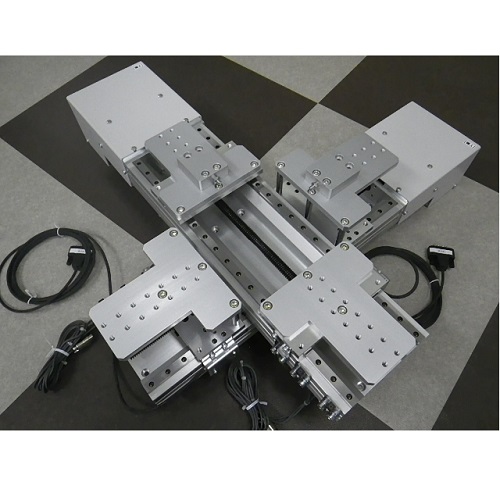 Biaxial Tension Tester
Biaxial Tension Tester
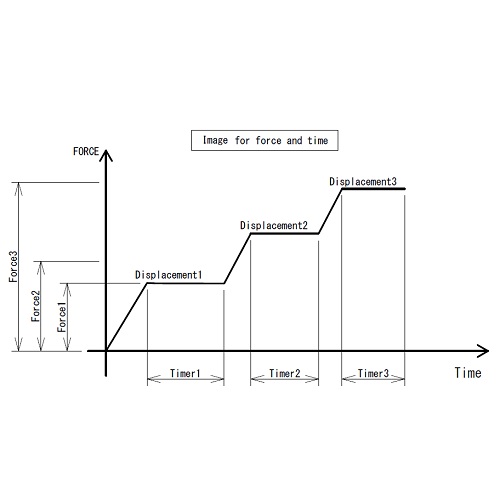 Resize & Modification
Resize & Modification
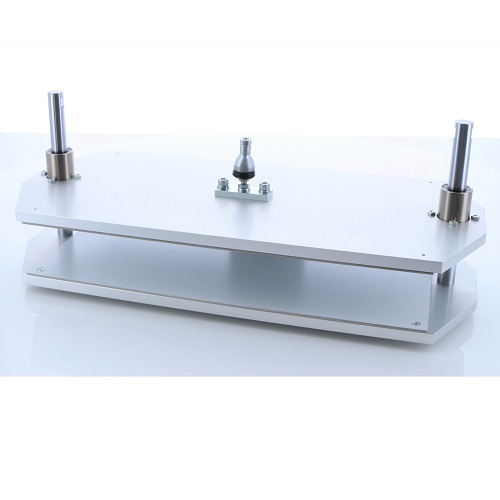 Press Test Fixture (Wide Size)
Press Test Fixture (Wide Size)
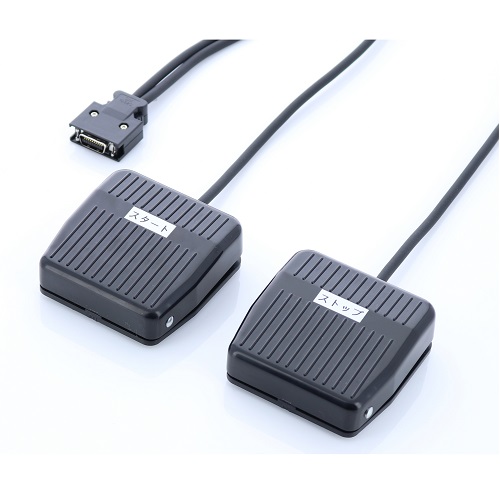 Remote Control Switch for Motorized Test Stand
Remote Control Switch for Motorized Test Stand
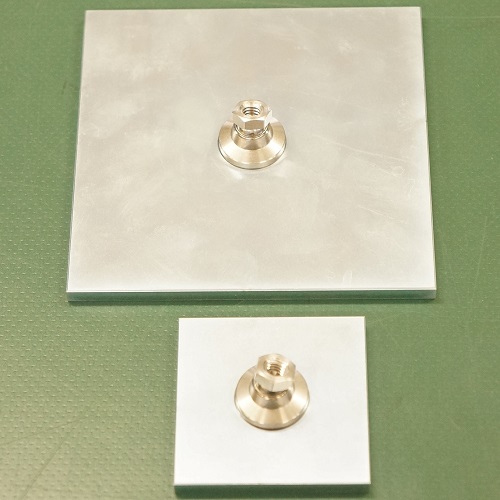 Semi-Customized Compression Attachments
Semi-Customized Compression Attachments
 Large Size of Compression Tester
Large Size of Compression Tester
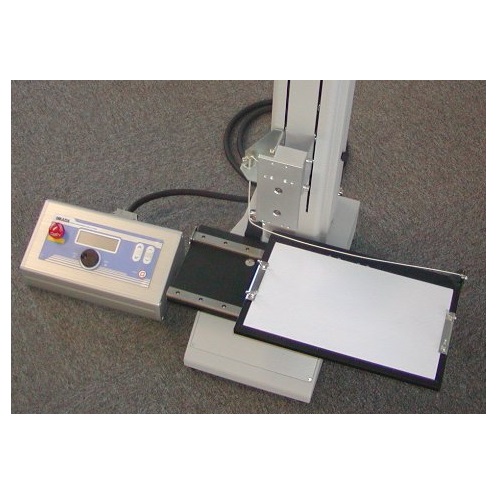 Large Size of 90 Degree Peel Tester
Large Size of 90 Degree Peel Tester
 Force Control Cable with Signal Output Box
Force Control Cable with Signal Output Box
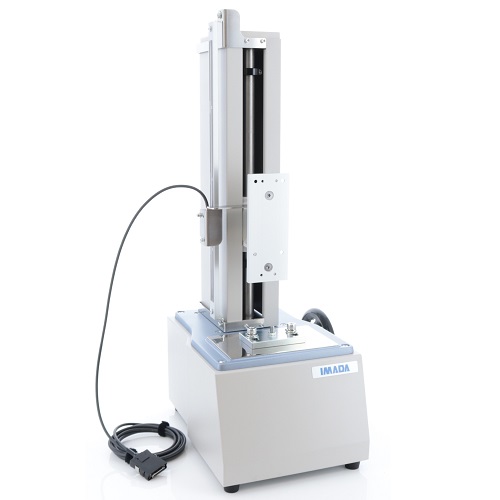 Manual Test Stand with Displacement Output Option
Manual Test Stand with Displacement Output Option
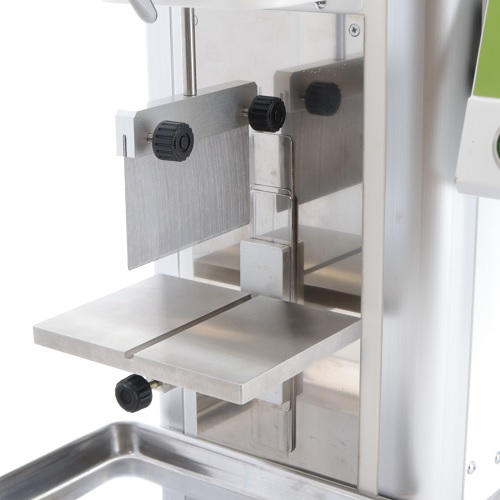 Cutting Base Plate with groove and knife edge probe
Cutting Base Plate with groove and knife edge probe
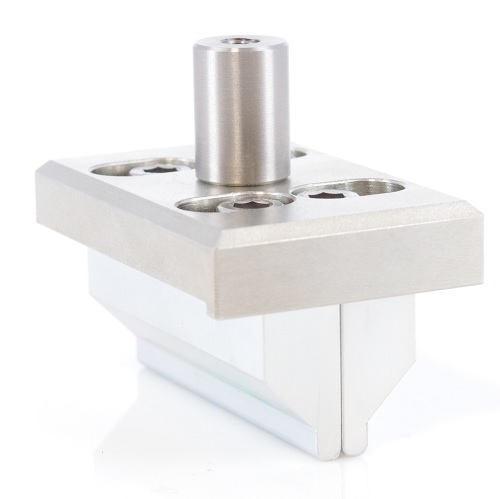 Upper attachment for 4-point bending test
Upper attachment for 4-point bending test
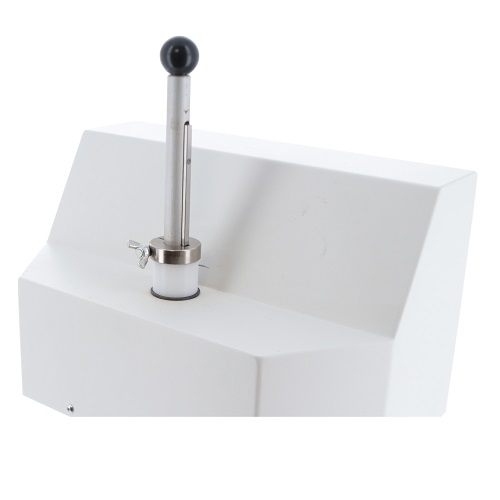 Main shaft stopper with a butterfly screw for MTS series
Main shaft stopper with a butterfly screw for MTS series
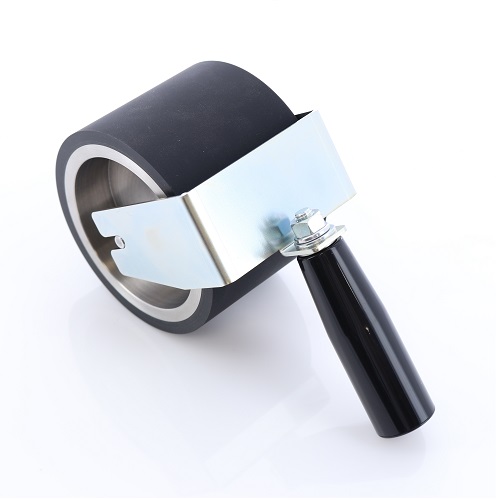 Wide Rubber Roller for Peel Test
Wide Rubber Roller for Peel Test
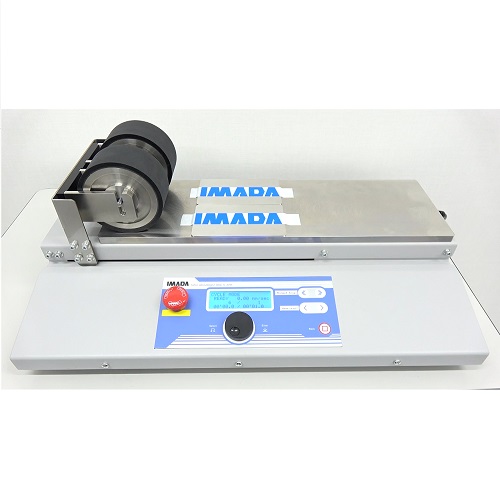 Motorized Rubber Roller for Peel Test
Motorized Rubber Roller for Peel Test
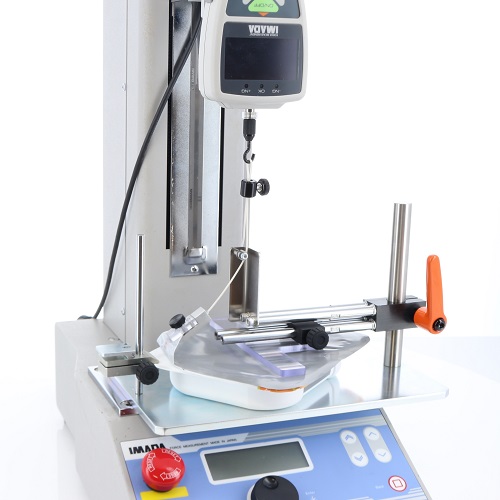 Peel Fixture for Packaged Cooked Rice Lid
Peel Fixture for Packaged Cooked Rice Lid
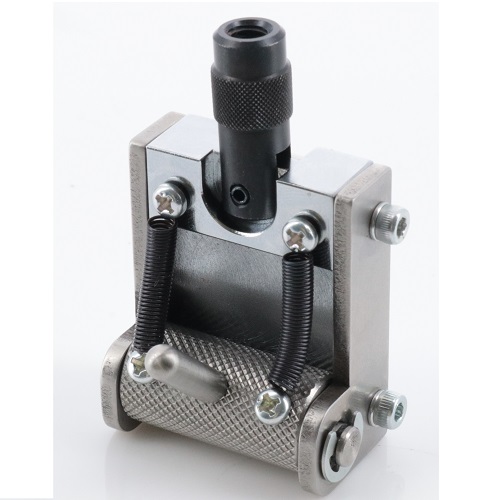 Cam grip with spring
Cam grip with spring
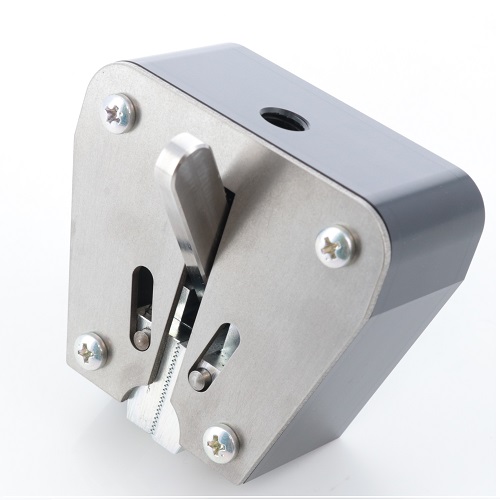 Wedge Grip Without Adaptor
Wedge Grip Without Adaptor
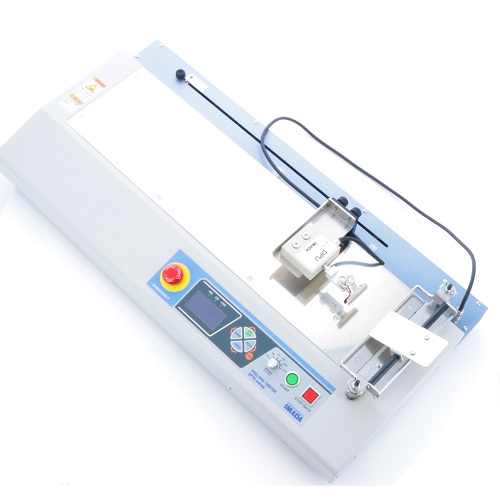 Customized Peeling Tester
Customized Peeling Tester
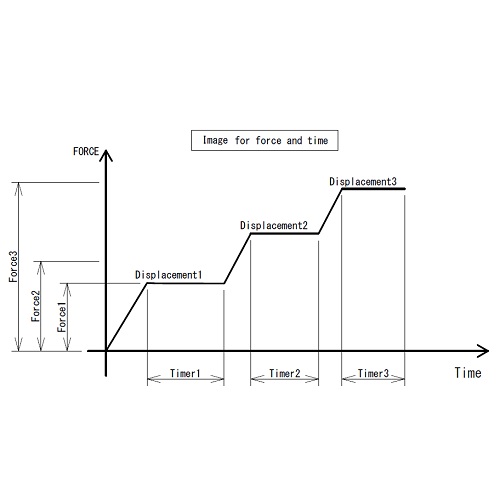 Test Stand with 3-stage Force/Displacement setting/holding function
Test Stand with 3-stage Force/Displacement setting/holding function
 Torque Stand Shaft for Child Proof Lock Measurement
Torque Stand Shaft for Child Proof Lock Measurement
 90 degree Peel Test Jig (High Capacity Type)
90 degree Peel Test Jig (High Capacity Type)
 Tabletop Force Gauge Calibration Unit (High Capacity Type)
Tabletop Force Gauge Calibration Unit (High Capacity Type)
 One-touch toggle clamp for Coefficient of Friction Fixture
One-touch toggle clamp for Coefficient of Friction Fixture
 Compact Motorized Test Stand
Compact Motorized Test Stand
 Tube Fixing Jig
Tube Fixing Jig
 Visualized Film Chuck
Visualized Film Chuck
 Tensile and Compression Torque Tester
Tensile and Compression Torque Tester
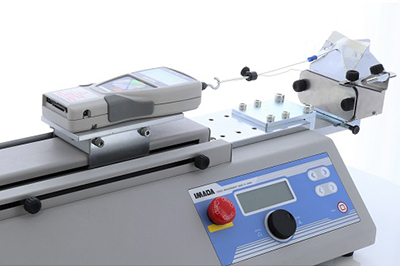 Standards-Compliant Measurement
Standards-Compliant Measurement
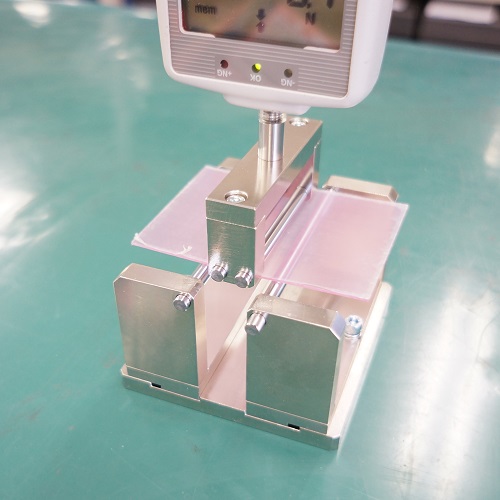 ISO 14704: 2000 Fine Ceramics 4-Point Bend Tester
ISO 14704: 2000 Fine Ceramics 4-Point Bend Tester
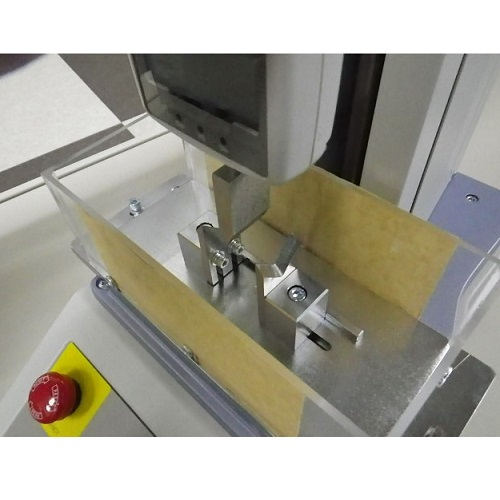 Ampoule 3-Point Bend Tester
Ampoule 3-Point Bend Tester
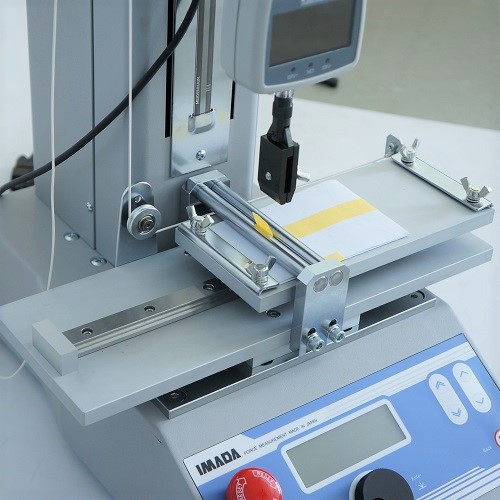 ISO/IEC 10373-1: 2006 Peel Tester of Identification Card
ISO/IEC 10373-1: 2006 Peel Tester of Identification Card
 ISO 17480: 2015 Peel Tester for Gable-Top Package
ISO 17480: 2015 Peel Tester for Gable-Top Package
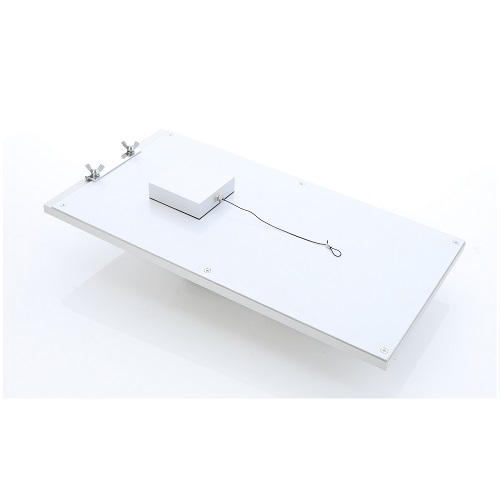 ASTM D1894: 2014 Coefficient of Friction (COF) Tester
ASTM D1894: 2014 Coefficient of Friction (COF) Tester
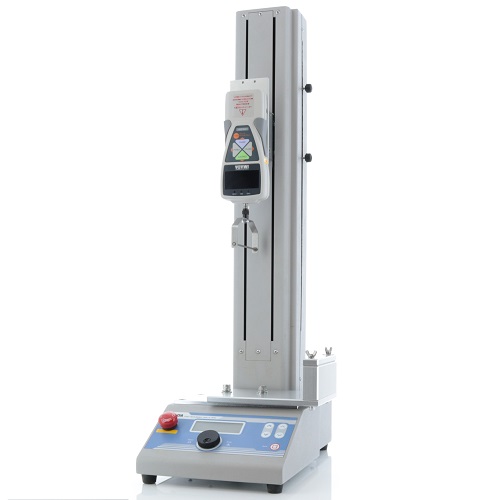 Attachments for score bend test
Attachments for score bend test
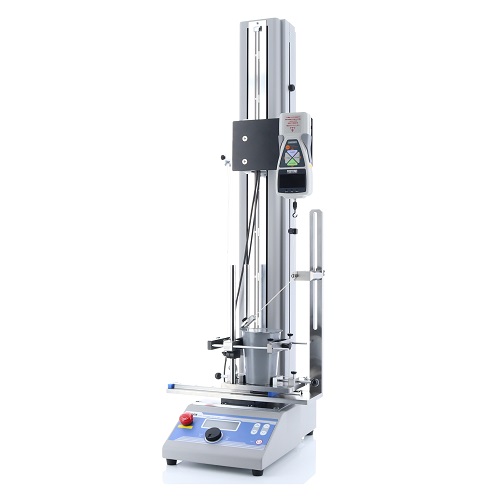 ISO 17480: 2015 45 Degree Complete Peel Test Fixture for Container Lid
ISO 17480: 2015 45 Degree Complete Peel Test Fixture for Container Lid
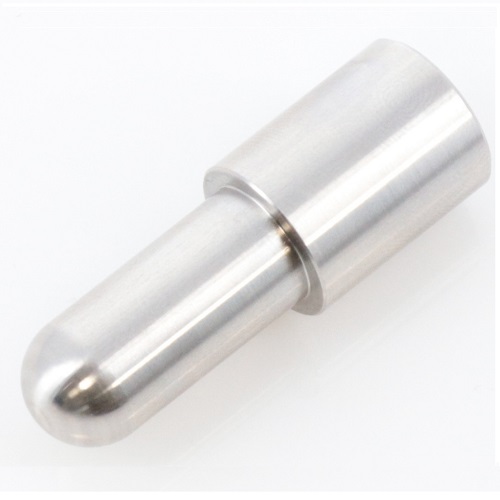 IEC 61010-1 (2010) Spherical Jig for Compression Testing
IEC 61010-1 (2010) Spherical Jig for Compression Testing
 ASTM D4032(Withdrawn 2025)Standard Test Attachment for Fabric Stiffness by Circular Bend Procedure
ASTM D4032(Withdrawn 2025)Standard Test Attachment for Fabric Stiffness by Circular Bend Procedure
 Peel Test Jig for Gable-Topped Package (No sample cut type)
Peel Test Jig for Gable-Topped Package (No sample cut type)







